
Background
The P-47C evolved into what can be considered the first truly combat-ready Thunderbolt, with the first examples entering service in September 1942. The new variant incorporated a number of important changes that addressed shortcomings that had become apparent with the P-47B. A new strengthened tail was fitted, and all the control surfaces were now metal-covered. Early examples still proved extremely dangerous in power dives and, after 57 aircraft had been completed, an 8" extension was fitted ahead of the wings to move the centre of gravity and improve flight characteristics. Radio equipment was revised in the P-47C with a redesigned aerial mast, and the P-47C-2-RE introduced plumbing to allow a massive 200 gallon ferry tank to be carried under its belly. Production culminated with the P-47C-5-RE, before switching to the P-47D. A total of 602 P-47Cs of all types were built.
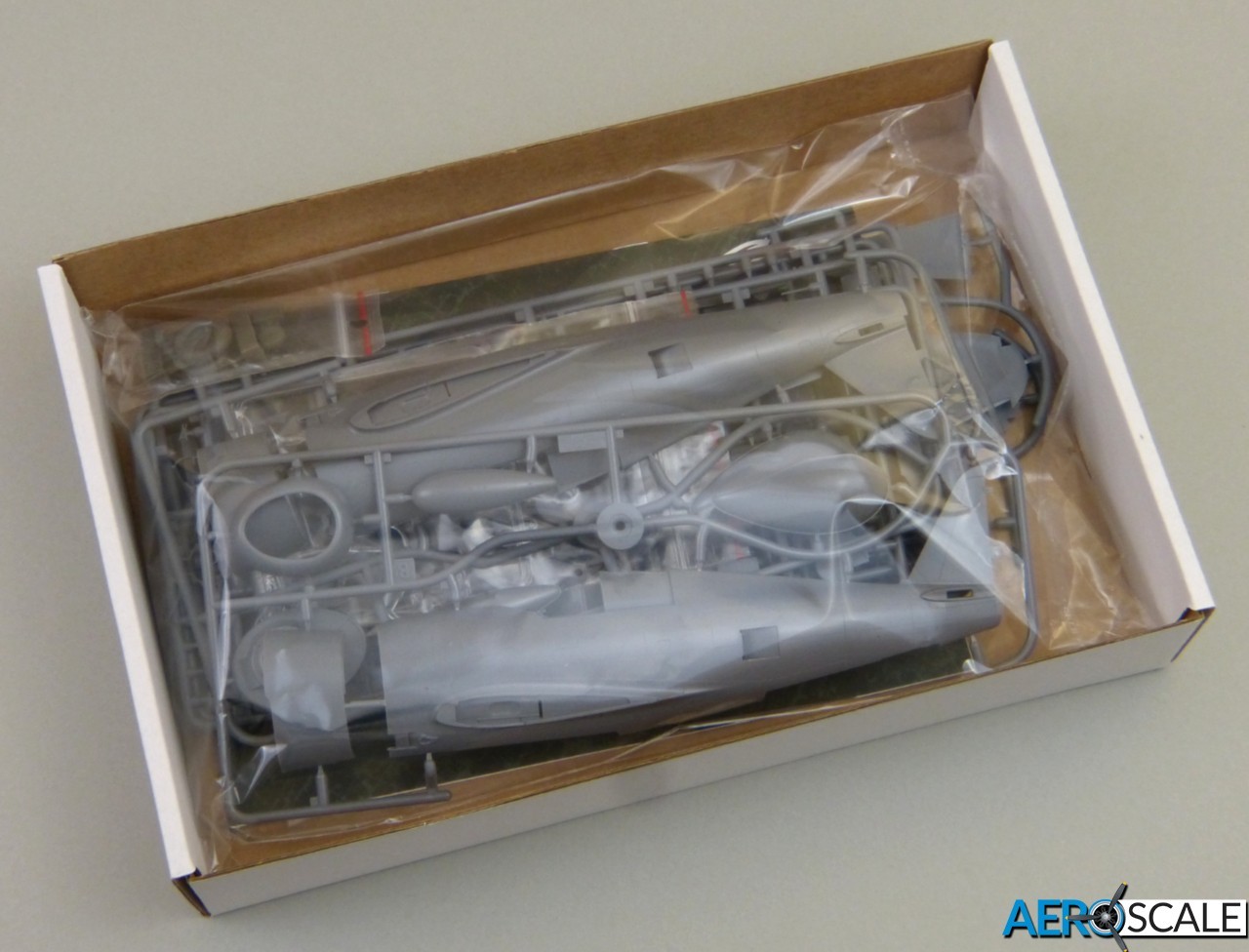
The Kit
Dora Wings' new P-47 arrives in a compact and sturdy top-opening box. Everything's packed in a resealable bag, with the clear parts and accessories further protected in individual packets. The kit comprises:
138 x grey styrene parts (8 of which are unused in this boxing)
6 x clear styrene parts
3 x resin parts
35 x etched brass parts
A sheet of die-cut vinyl painting masks
Decals for 4 x colour schemes


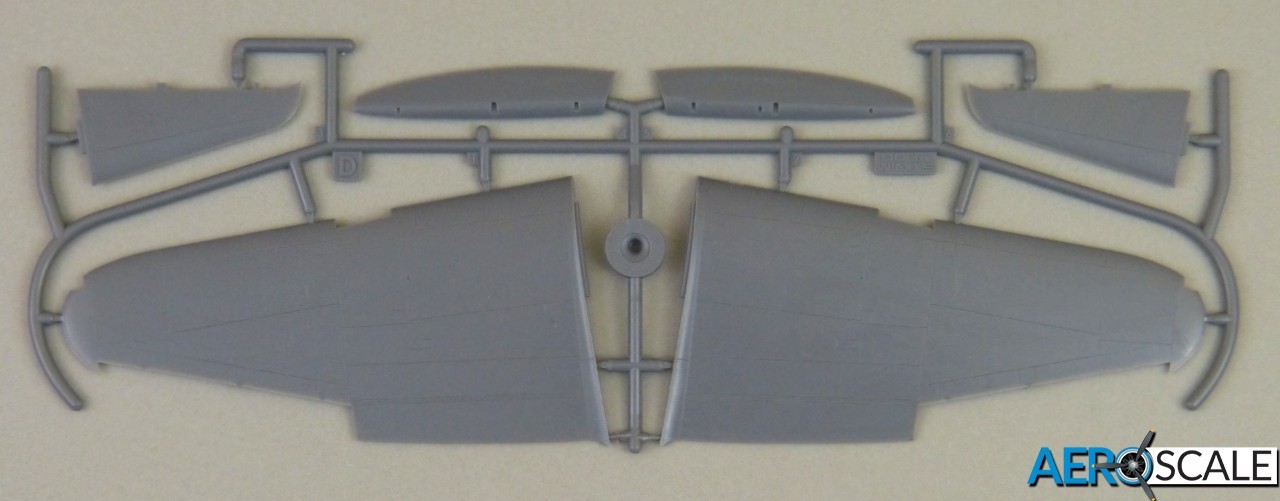

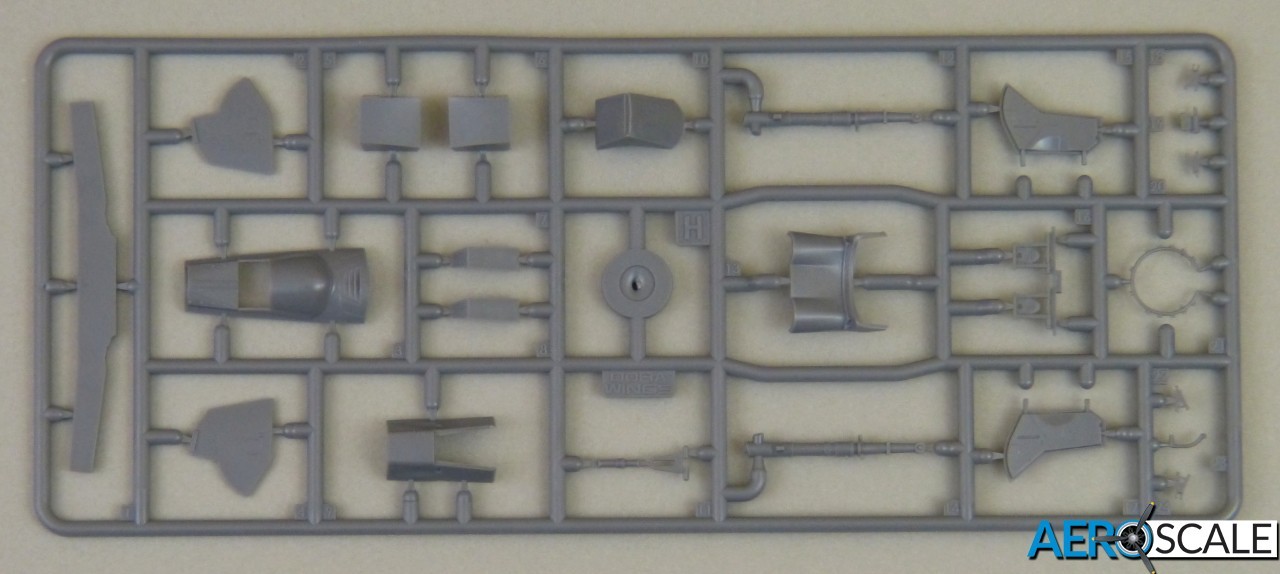
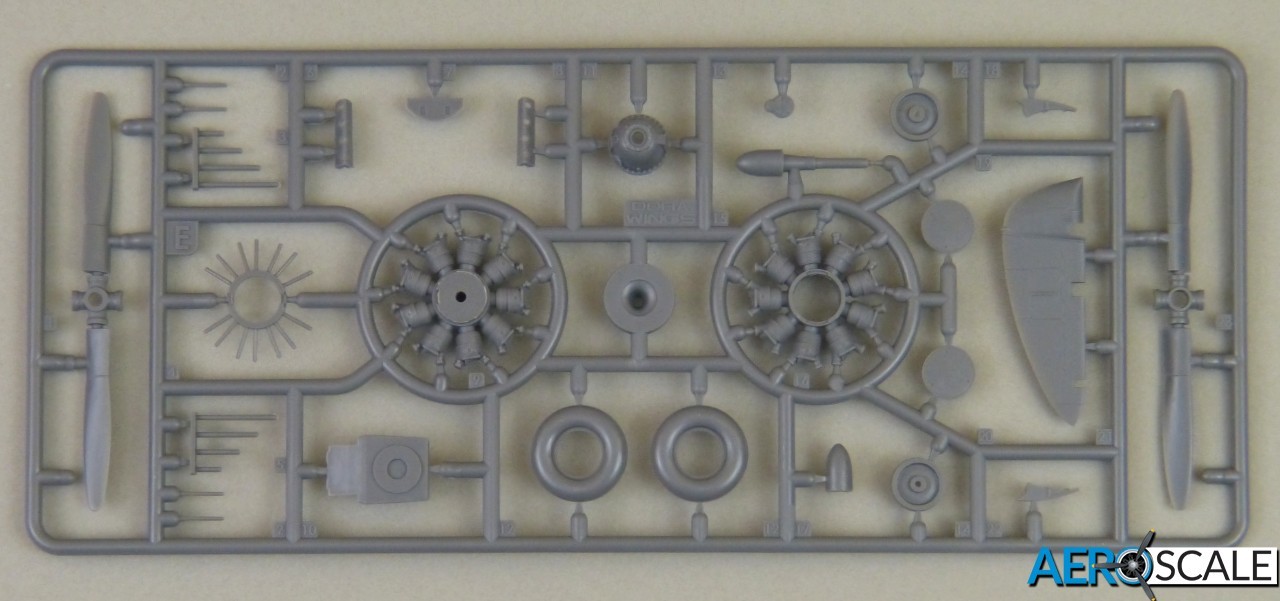


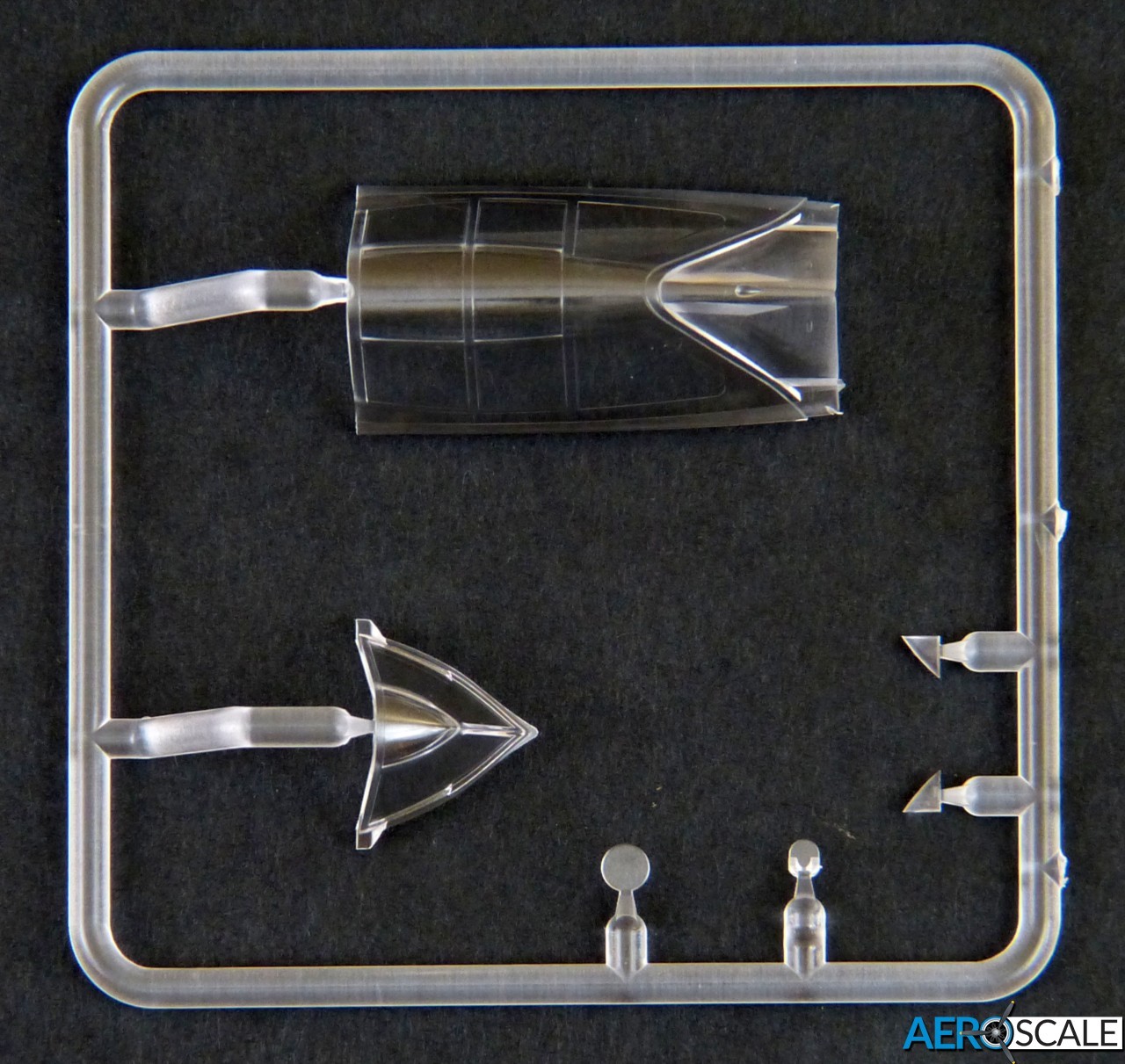
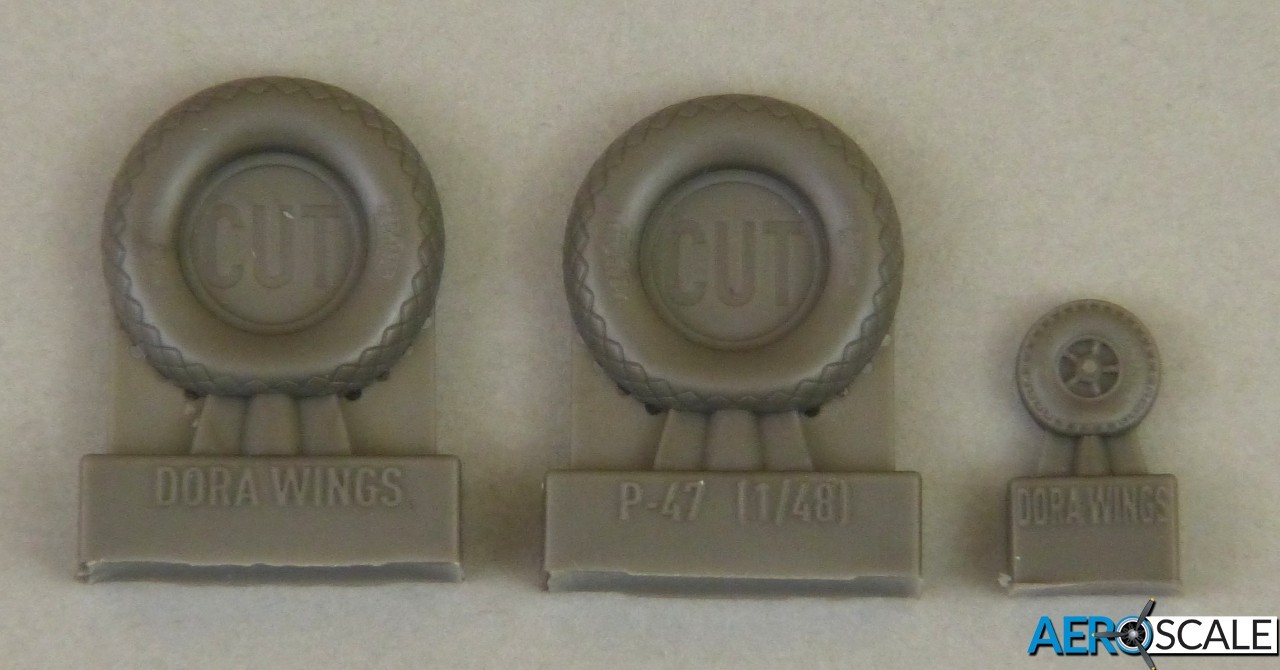
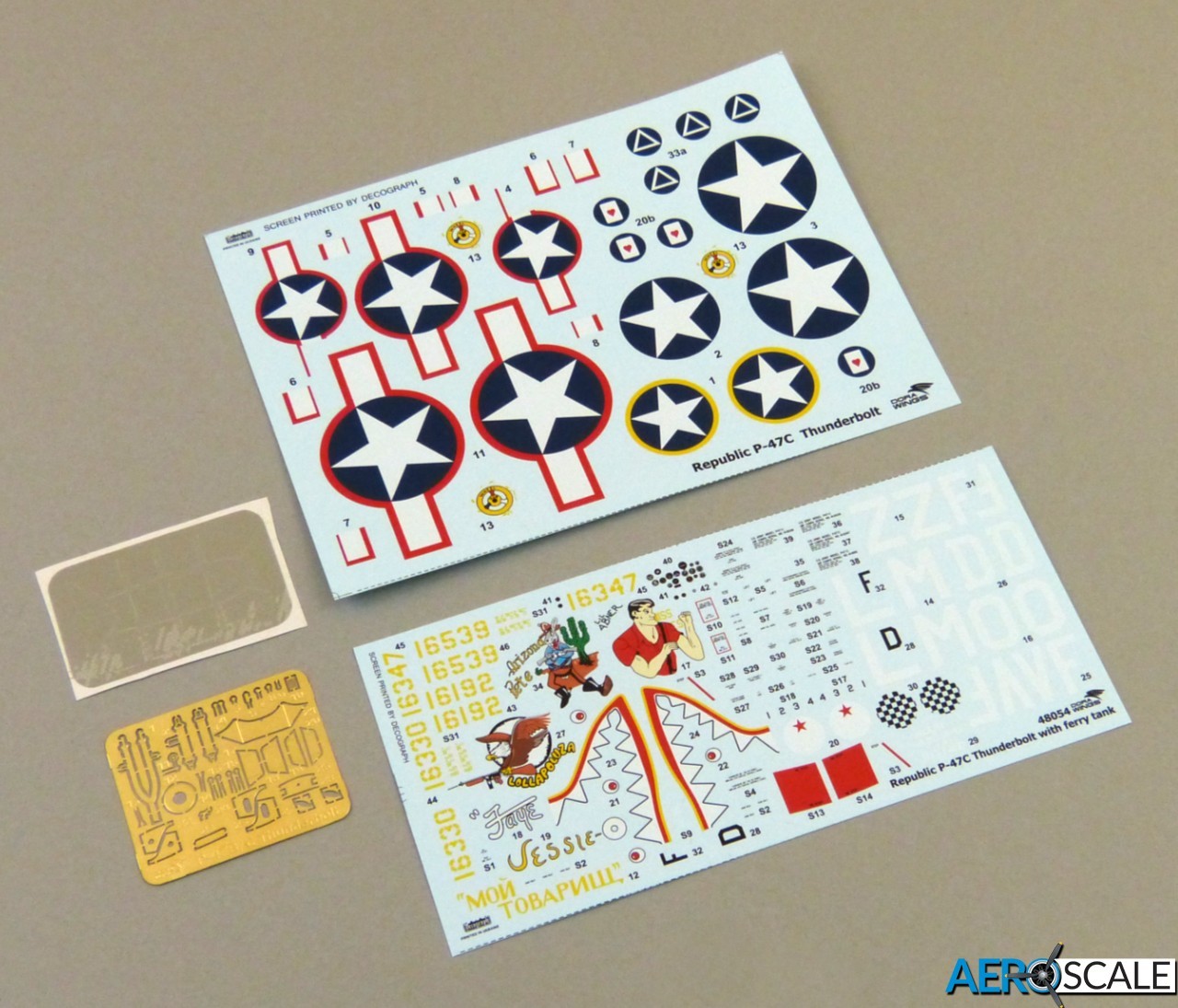
The moulding is very clean throughout, with very little to speak of in terms of flash. Runner attachments are nice and small and, in common with other Dora Wings kits, the striking thing when you examine the parts is the total absence of any ejector-pin marks.
The surface finish is smoothly polished, with delicate panel lines and a few lightly raised panels such as the wing-root fillets. Fasteners are neatly embossed, but there's no attempt at overall riveting - far better in my opinion than being done too heavily. The obvious difference from the earlier kit of the P-47B is the replacement of the fabric-covered control surfaces with metal skinned versions, and these show the same subtle panel lines as the rest of the airframe.
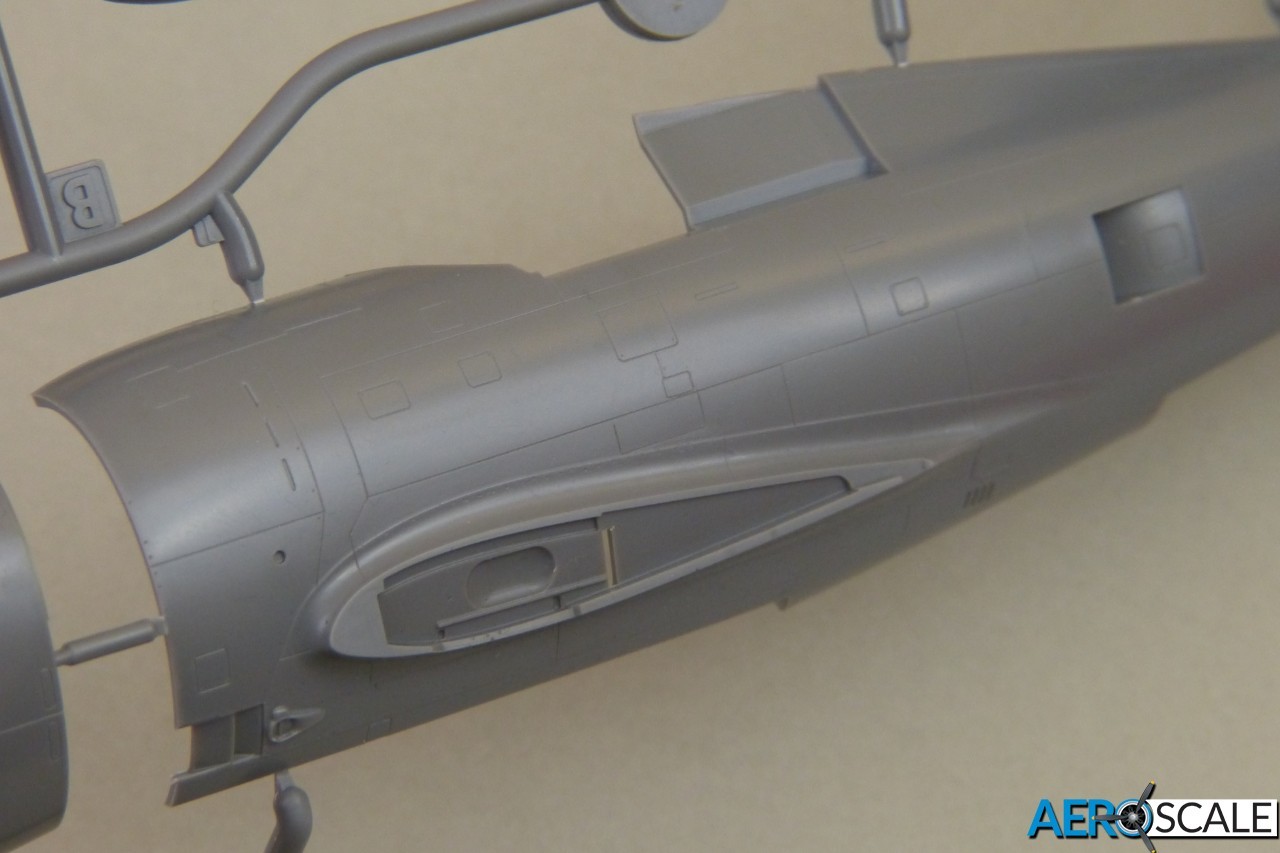

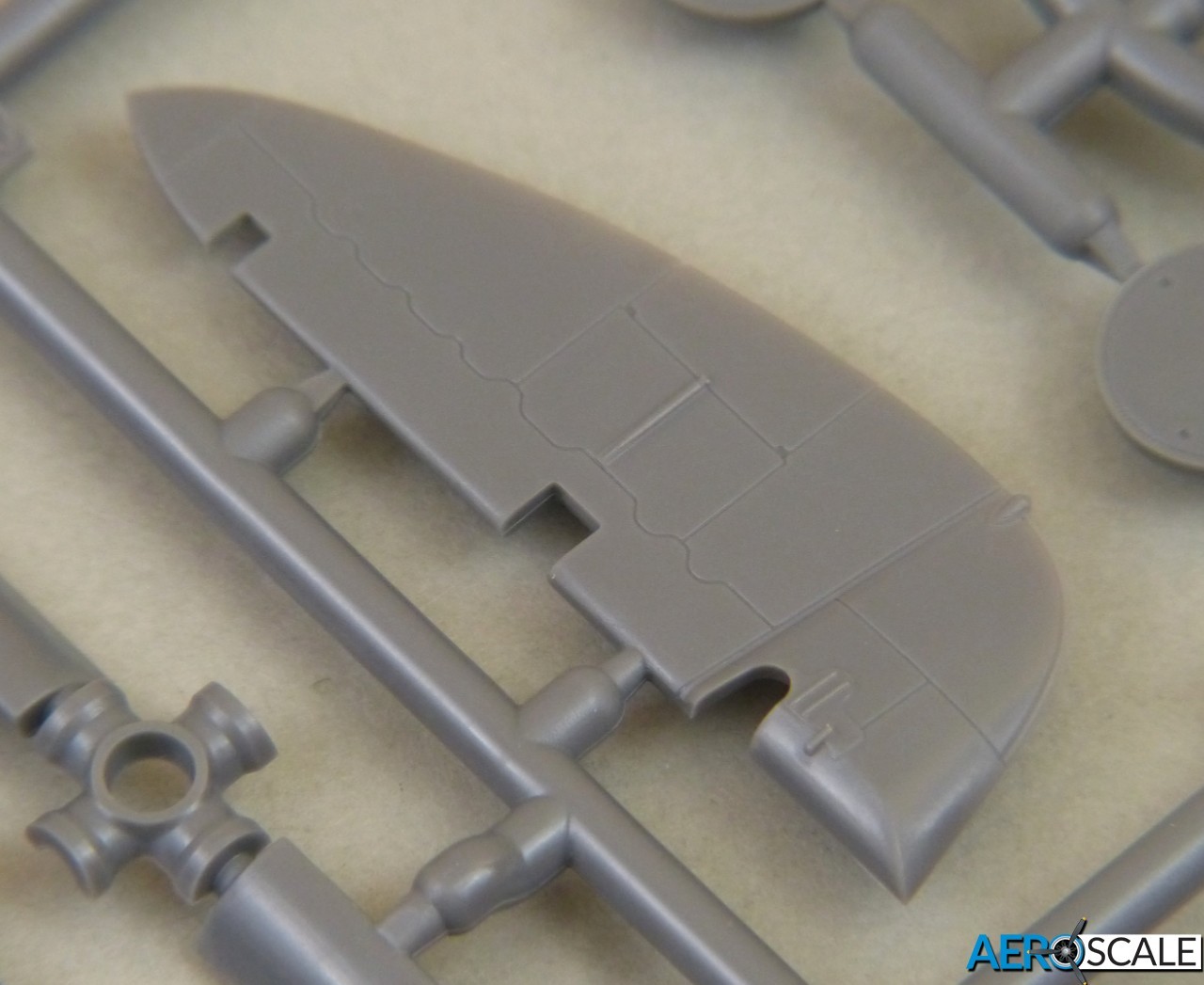

Construction Overview
Dry fitting the major parts shows that the styrene used cuts and sands easily, and the overall fit is excellent. The fuselage halves line up perfectly - and a comparison with the P-47B clearly illustrates the longer nose.

Although the wing roots are cleverly engineered, the fact that the wings are separate panels does mean that you'll need to take extra care lining everything up. The kit features a spar to support the wings that also forms the rear of each wheel well. Trailing edges are realistically thin, thanks to the way Dora Wings have designed the parts with drop-in panels. This eliminates the need for sanding and thinning, but it's not always possible to follow a real-life panel line to achieve it, so it does mean some seams to fill. Thankfully, the fit is really flush, so this shouldn't be difficult.
A Few Details
As you expect, construction begins with the cockpit, which is very nicely detailed with a combination of over 30 plastic and photoetched parts. The seat is complete with an etched harness, and the throttle features separate etched levers. The instrument panel is styrene, with crisply moulded bezels and decals for the instrument faces. The reflector gunsight has a separate glass and an etched back-up ring and bead sight.

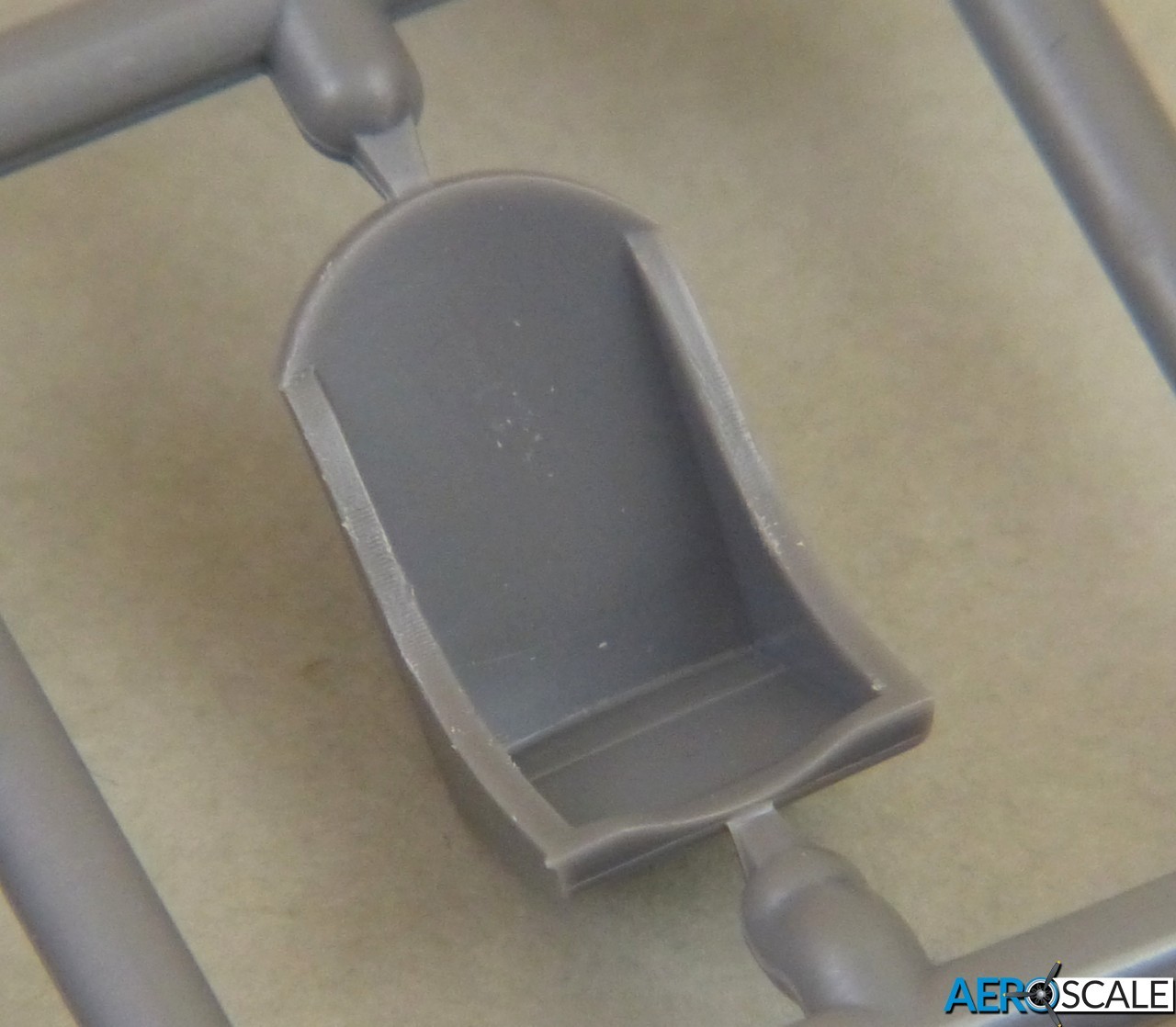


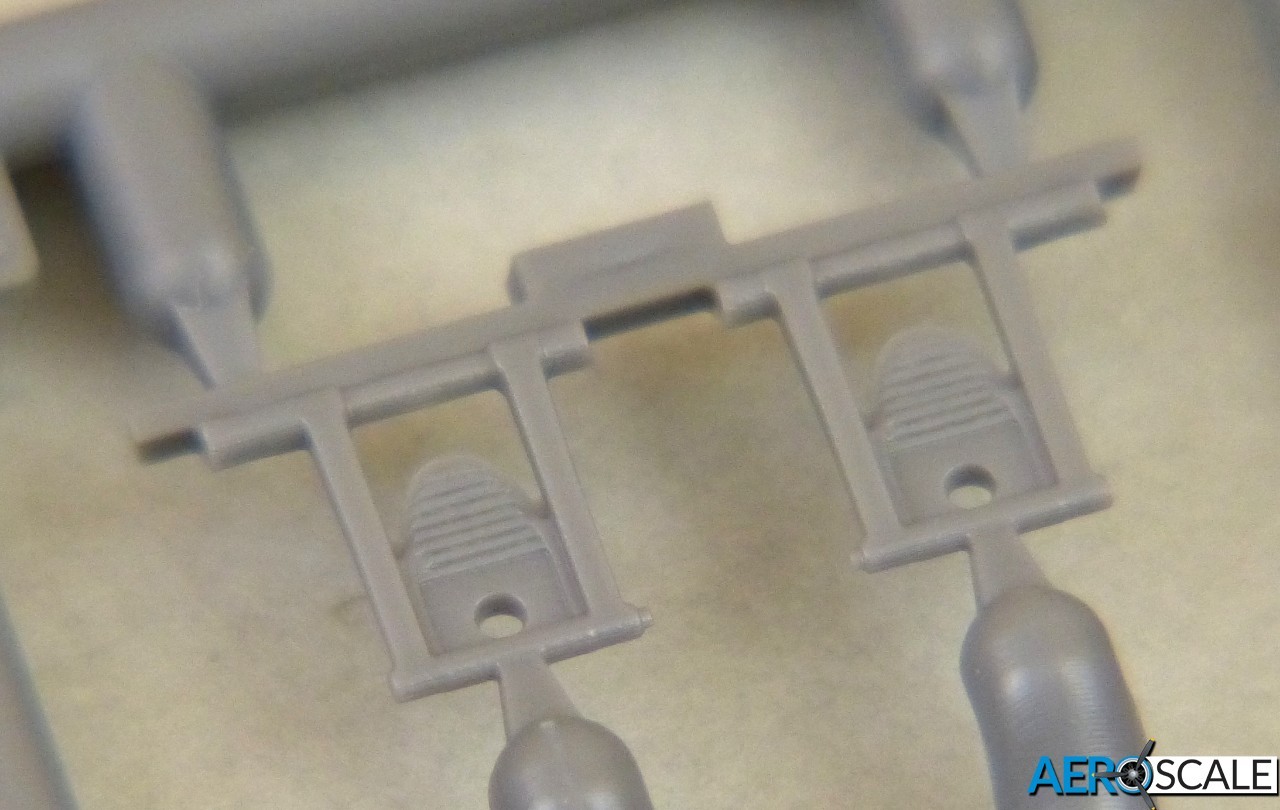



The 11-part Double Wasp should look great with the addition of ignition wiring, and the cowling features quite elaborate interning ducting. Moving back, the turbosupercharger outlet has a neatly moulded turbine.
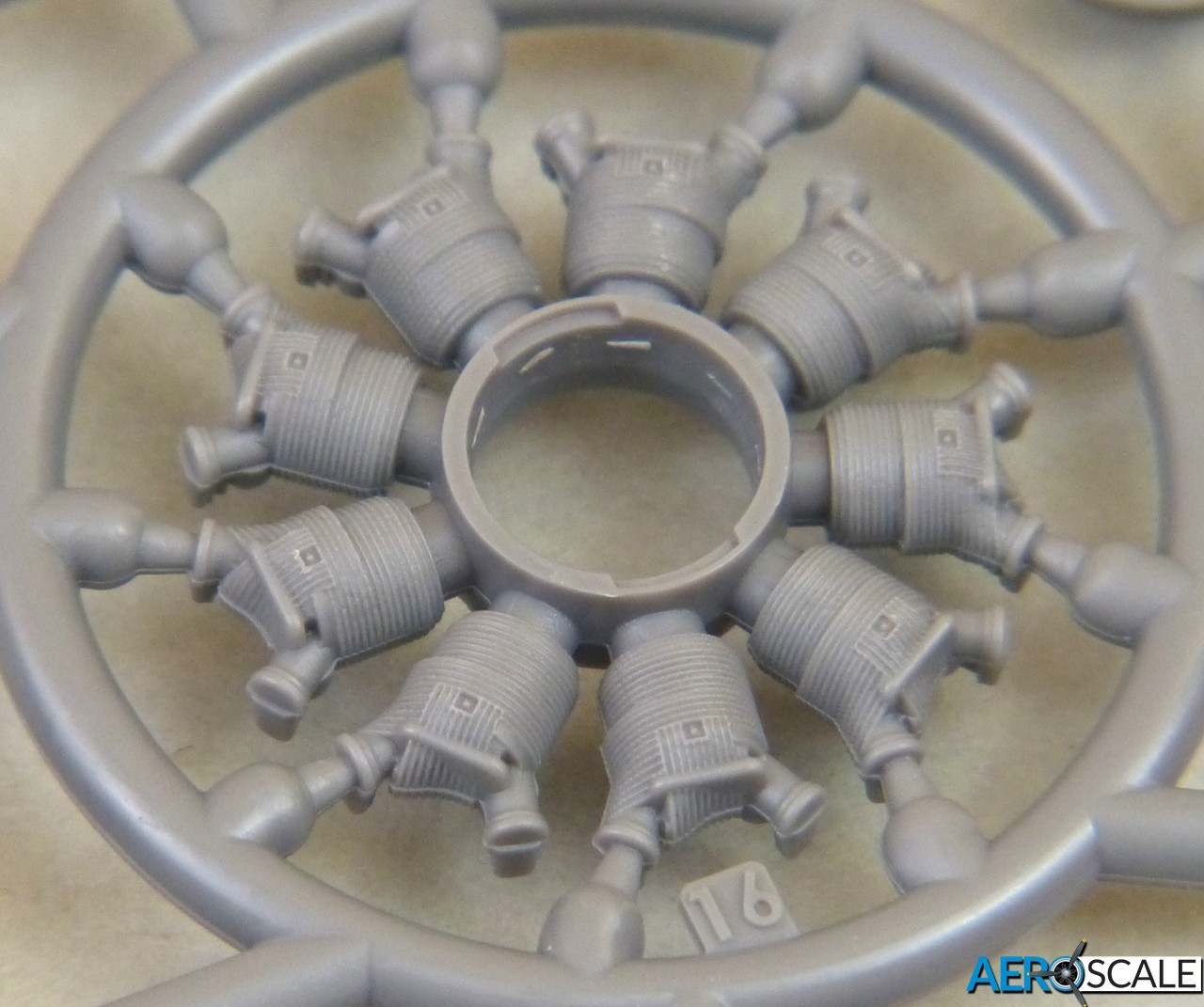
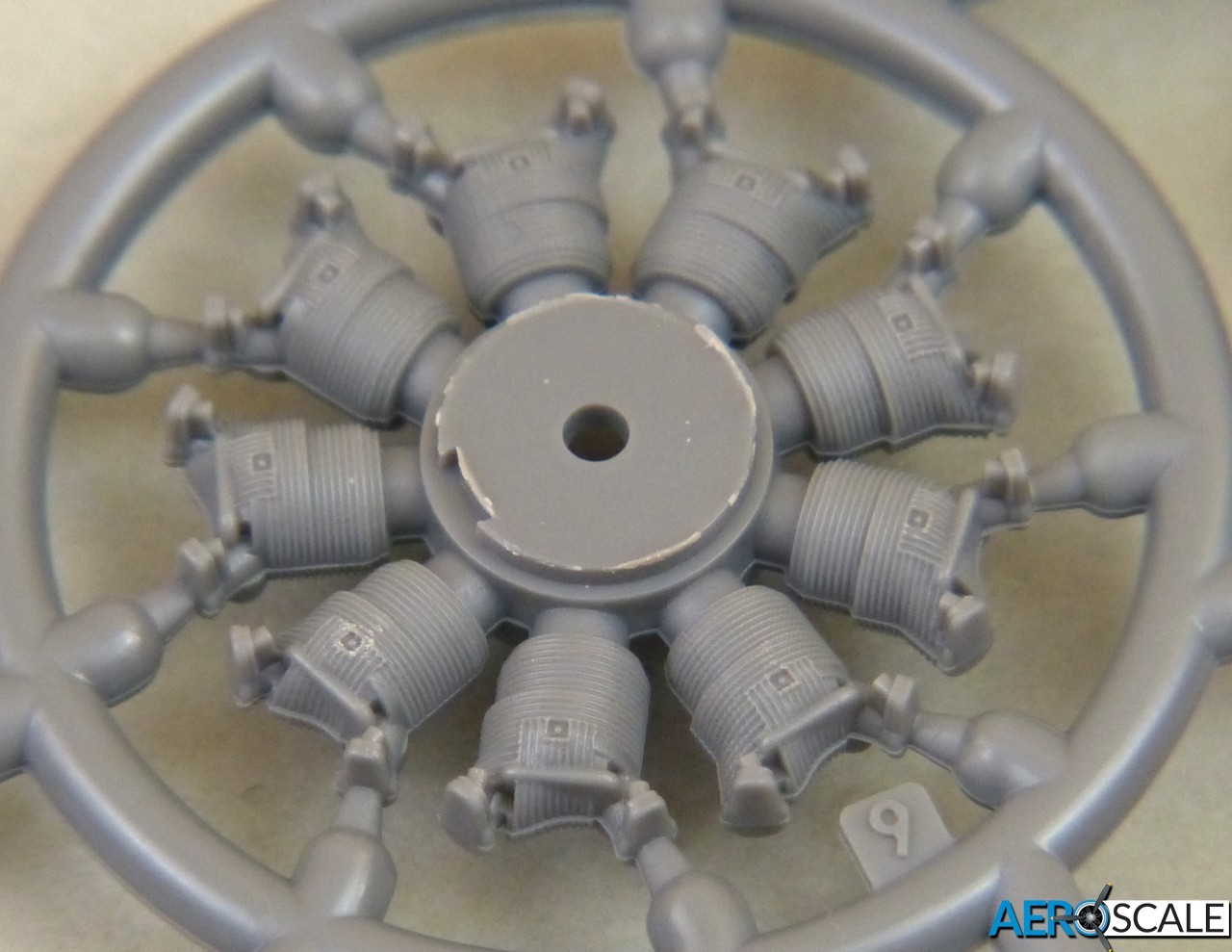

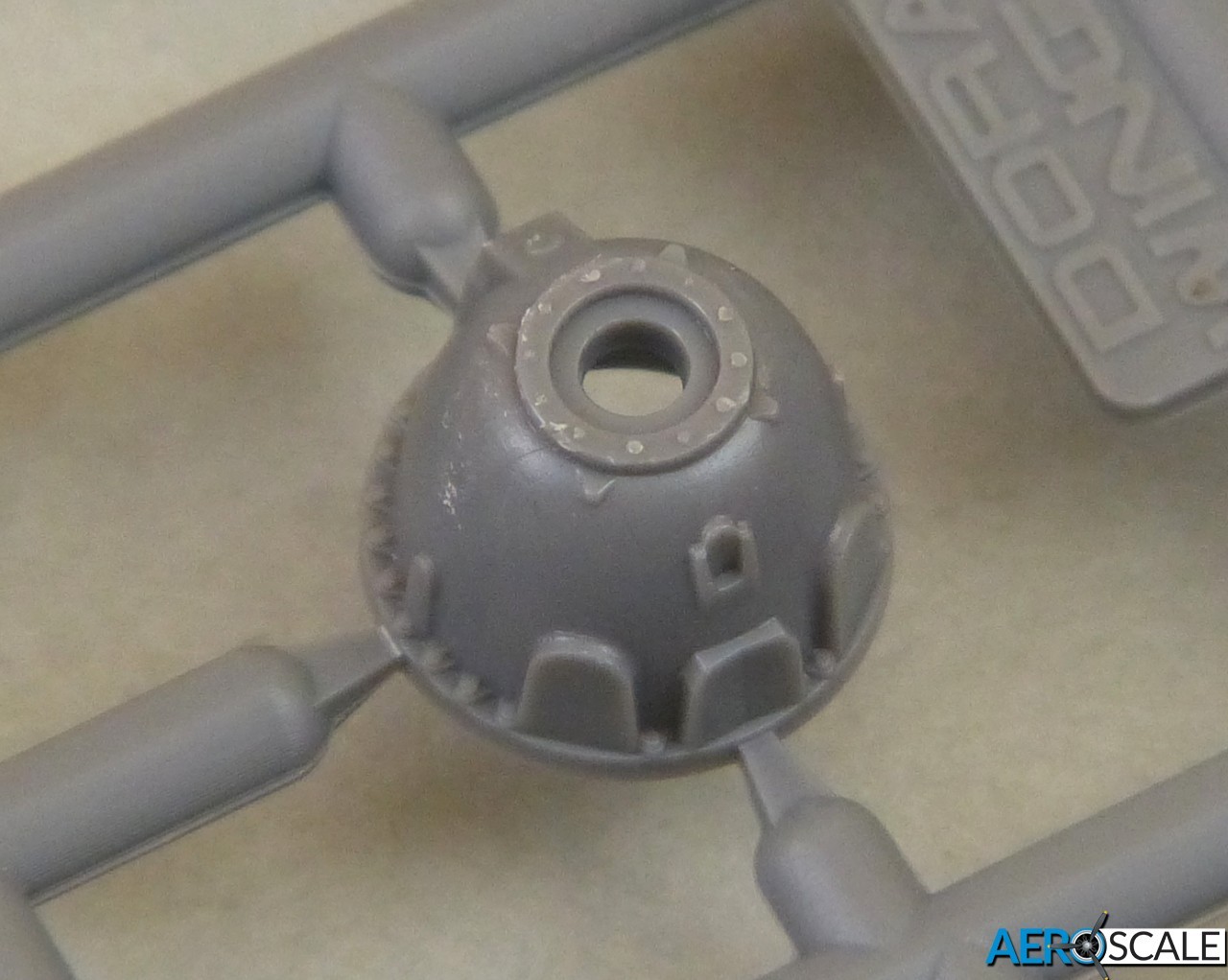


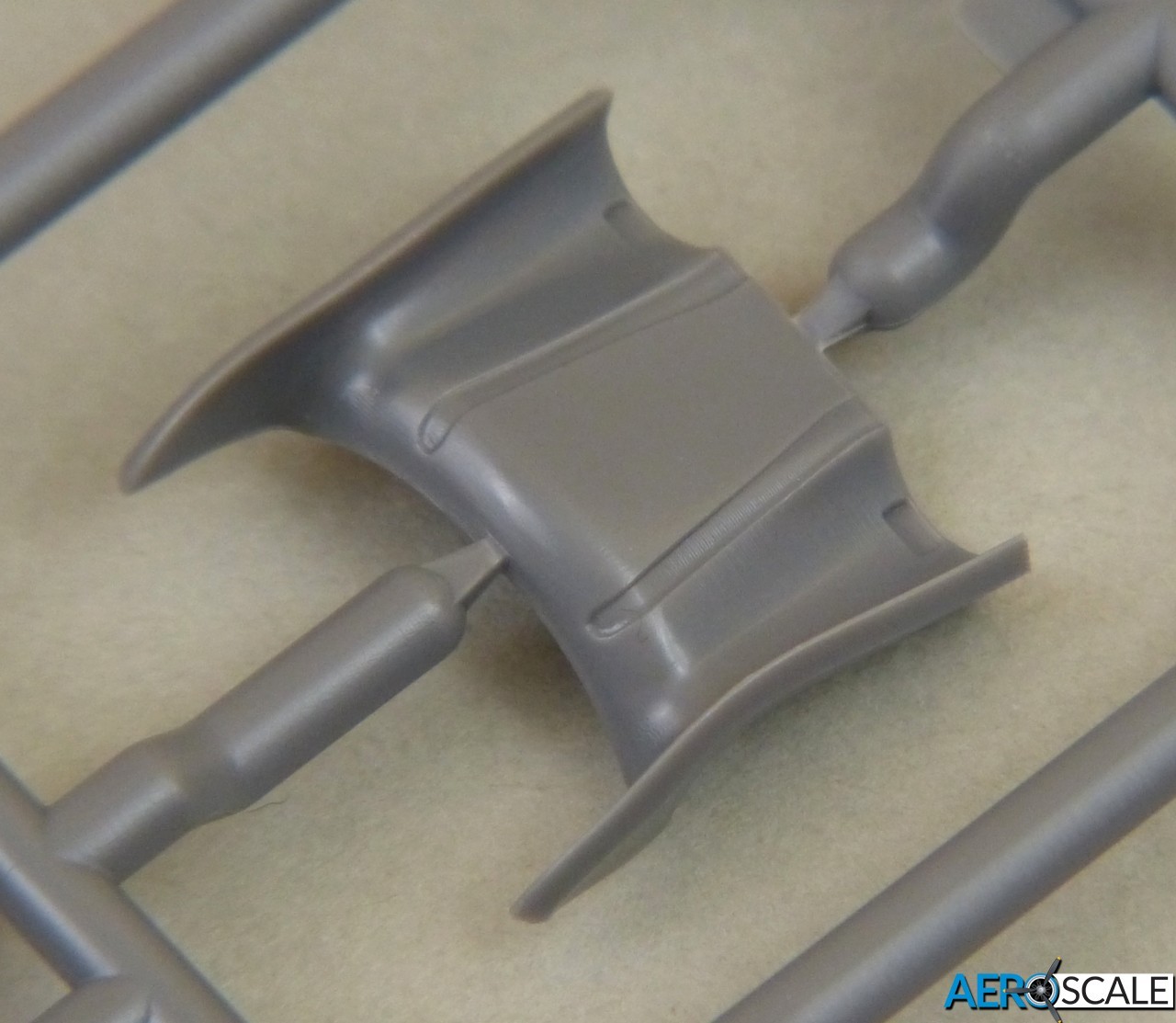
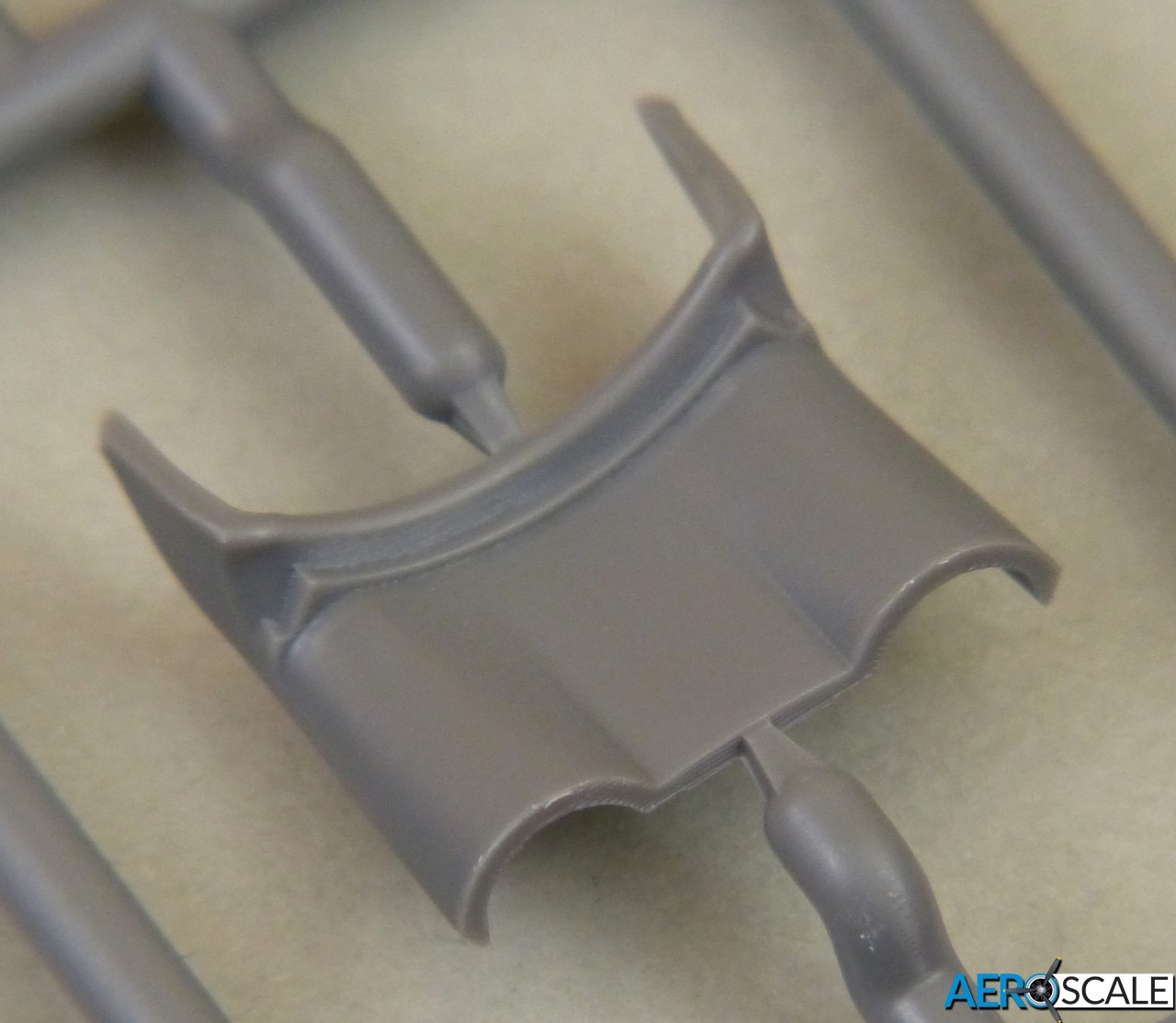

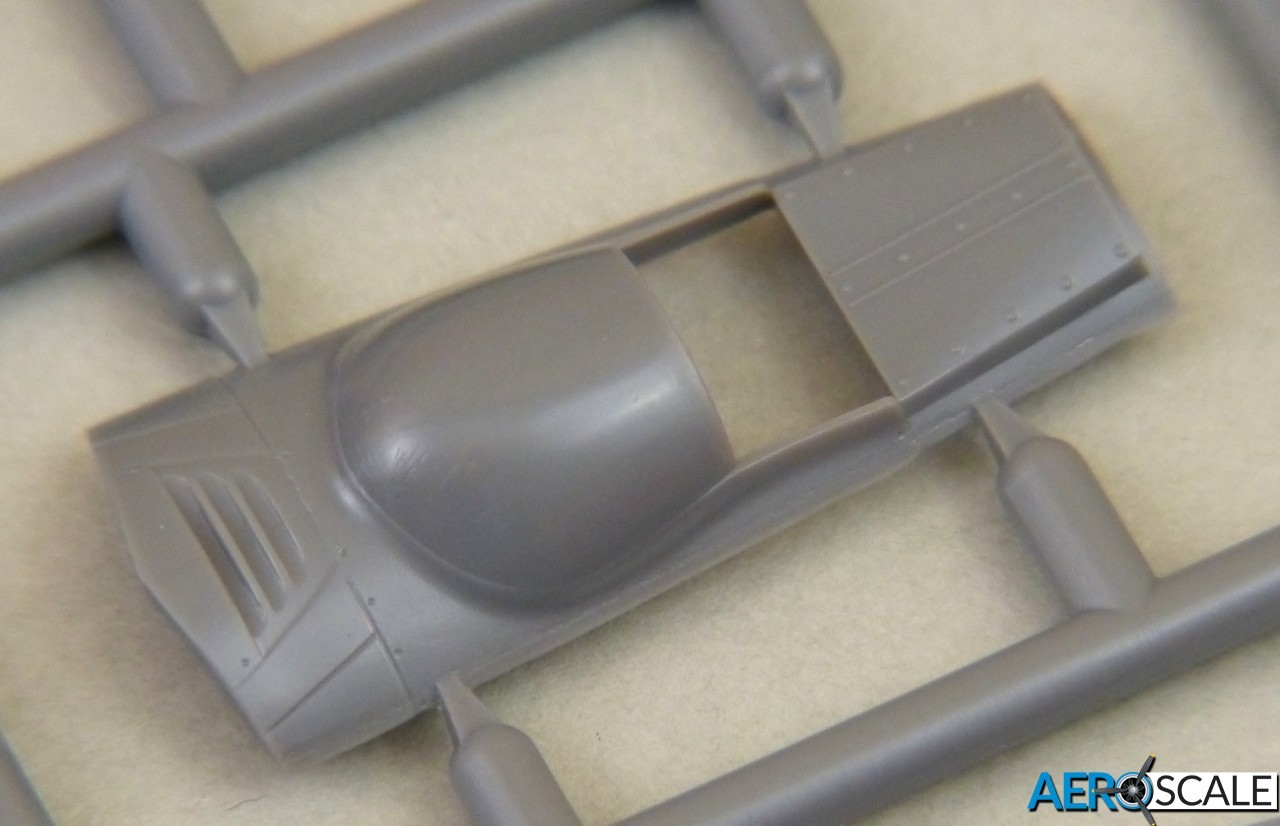
Turning to the wings, each main wheel well is fitted out with ribs and spars - 10 parts each, in addition to the functional rear spar that supports the wings. The batteries of .50 cal machine guns are correctly staggered, and should look good with the muzzles drilled out.


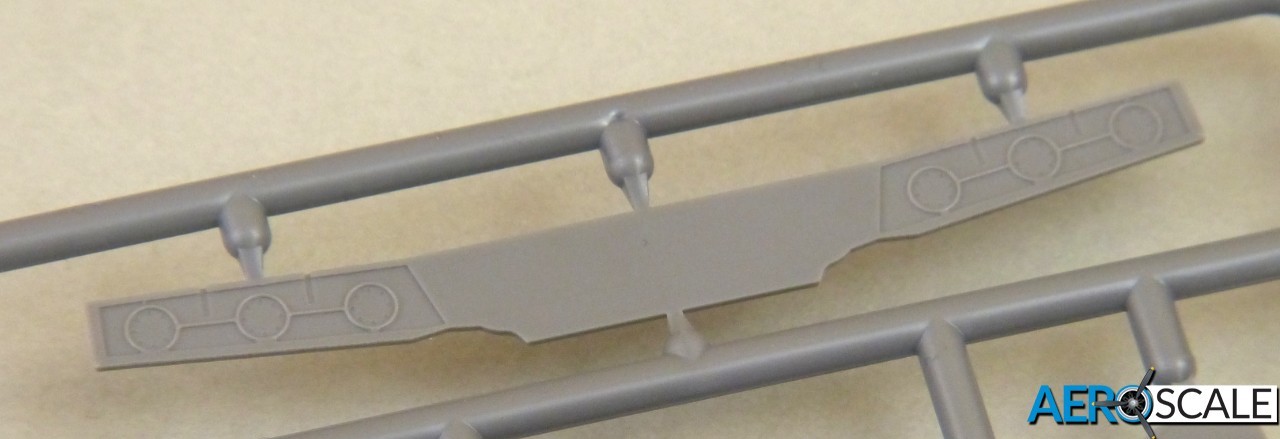
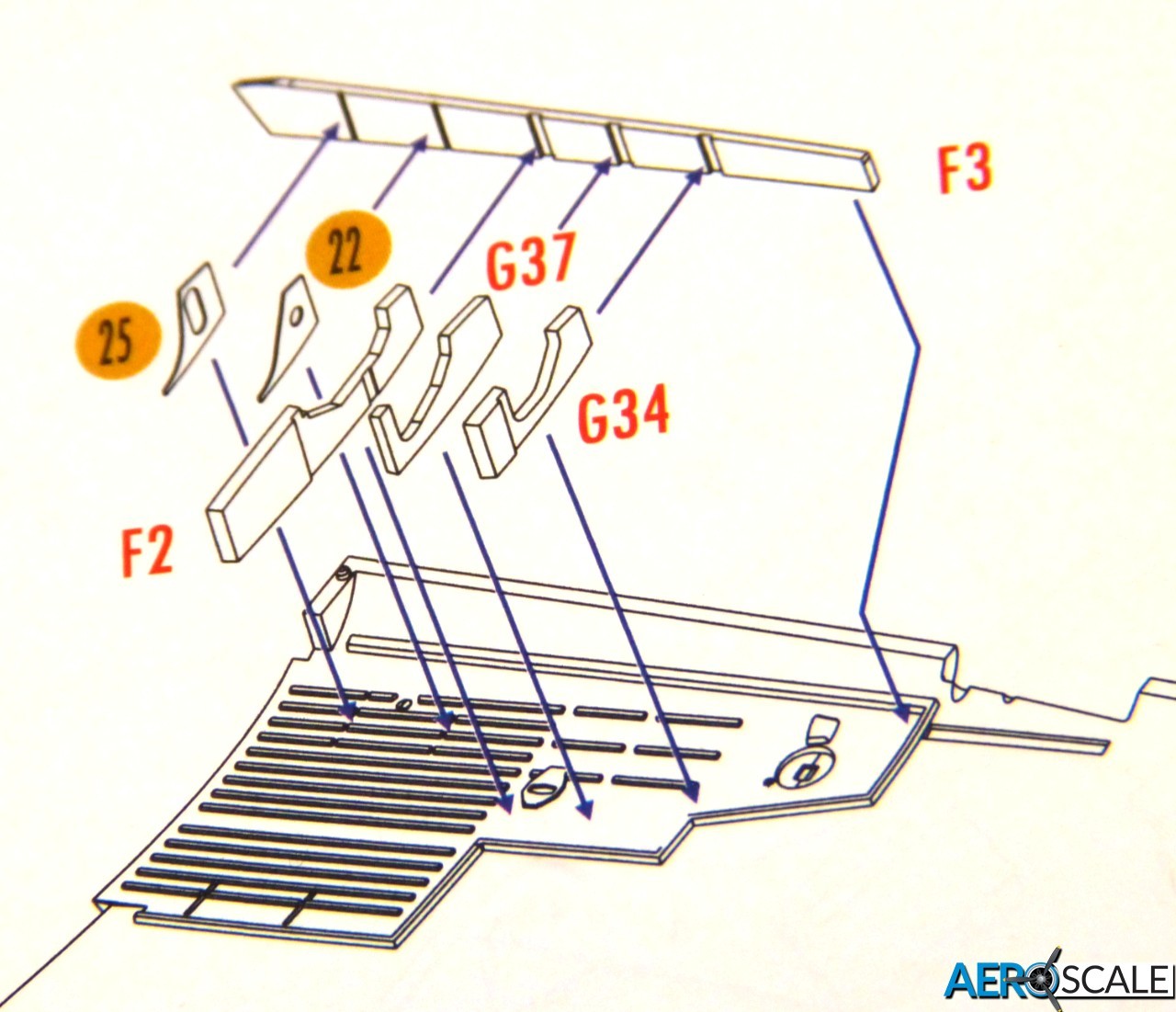

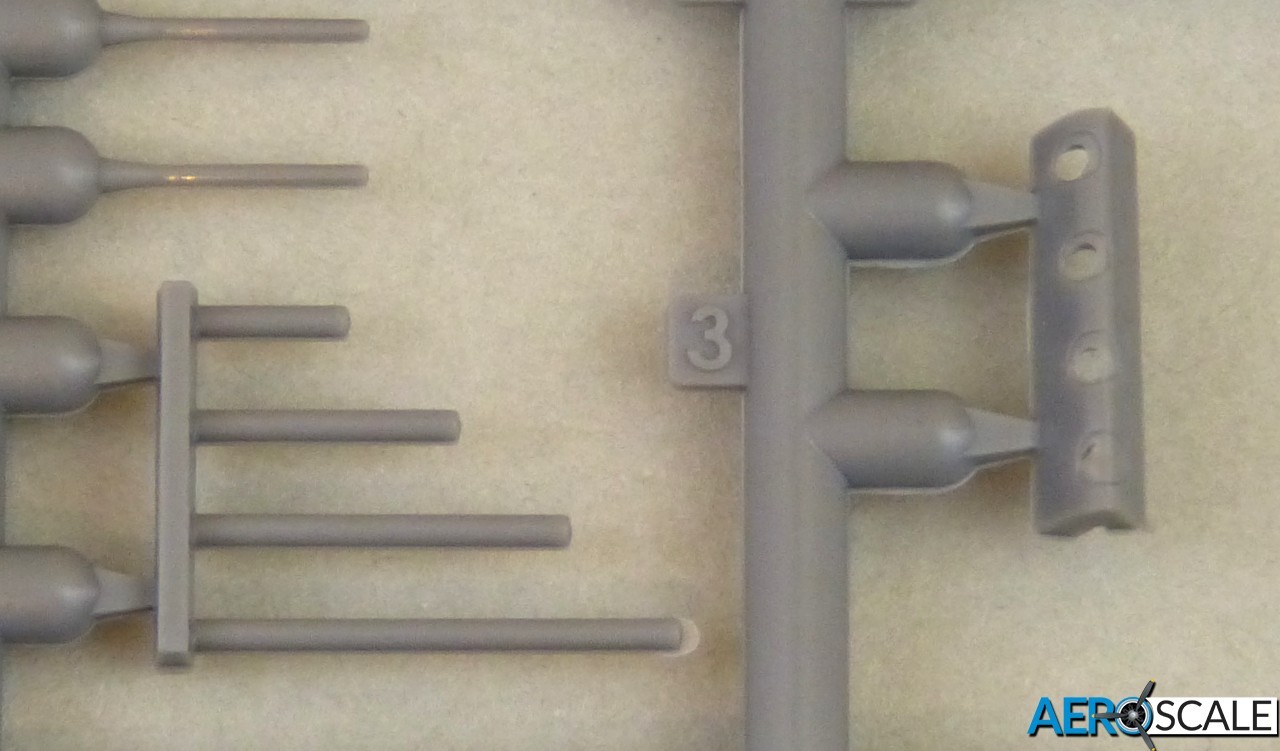
The undercarriage is very well detailed - 10 parts for each mainwheel leg and doors, and 4 parts for the tailwheel. The way the tailwheel is constructed, it allows you to offset the wheel, but Roger Freeman's book "Thunderbolt" states that the tailwheel wasn't steerable from the P-47C-1-RE, so check references carefully on this.
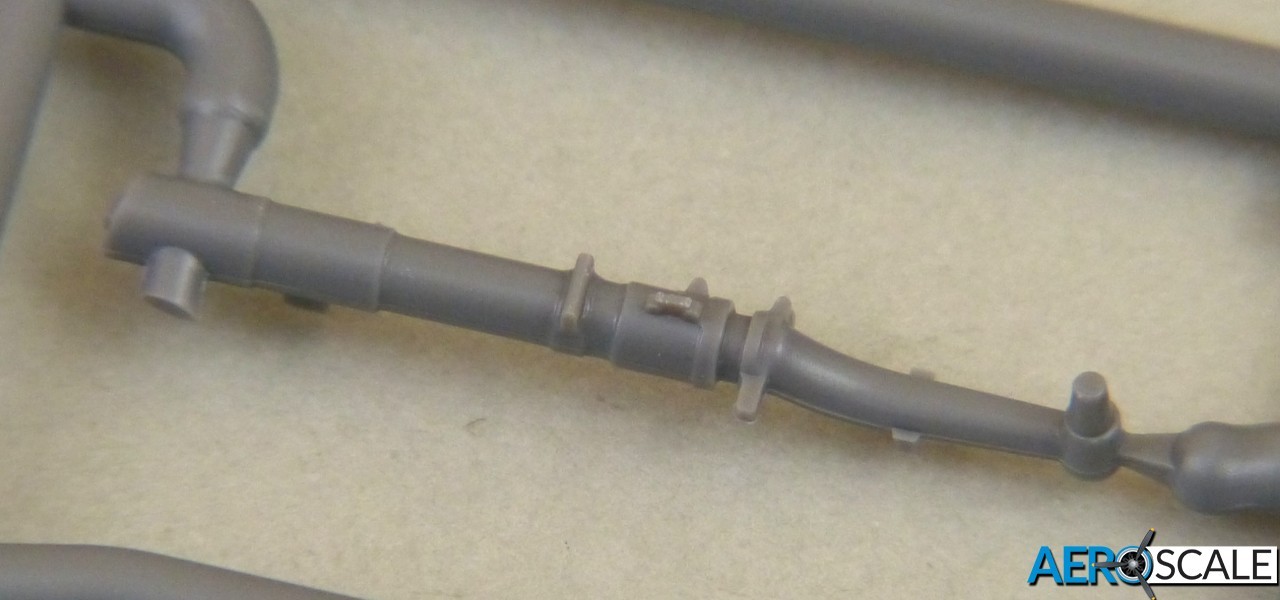
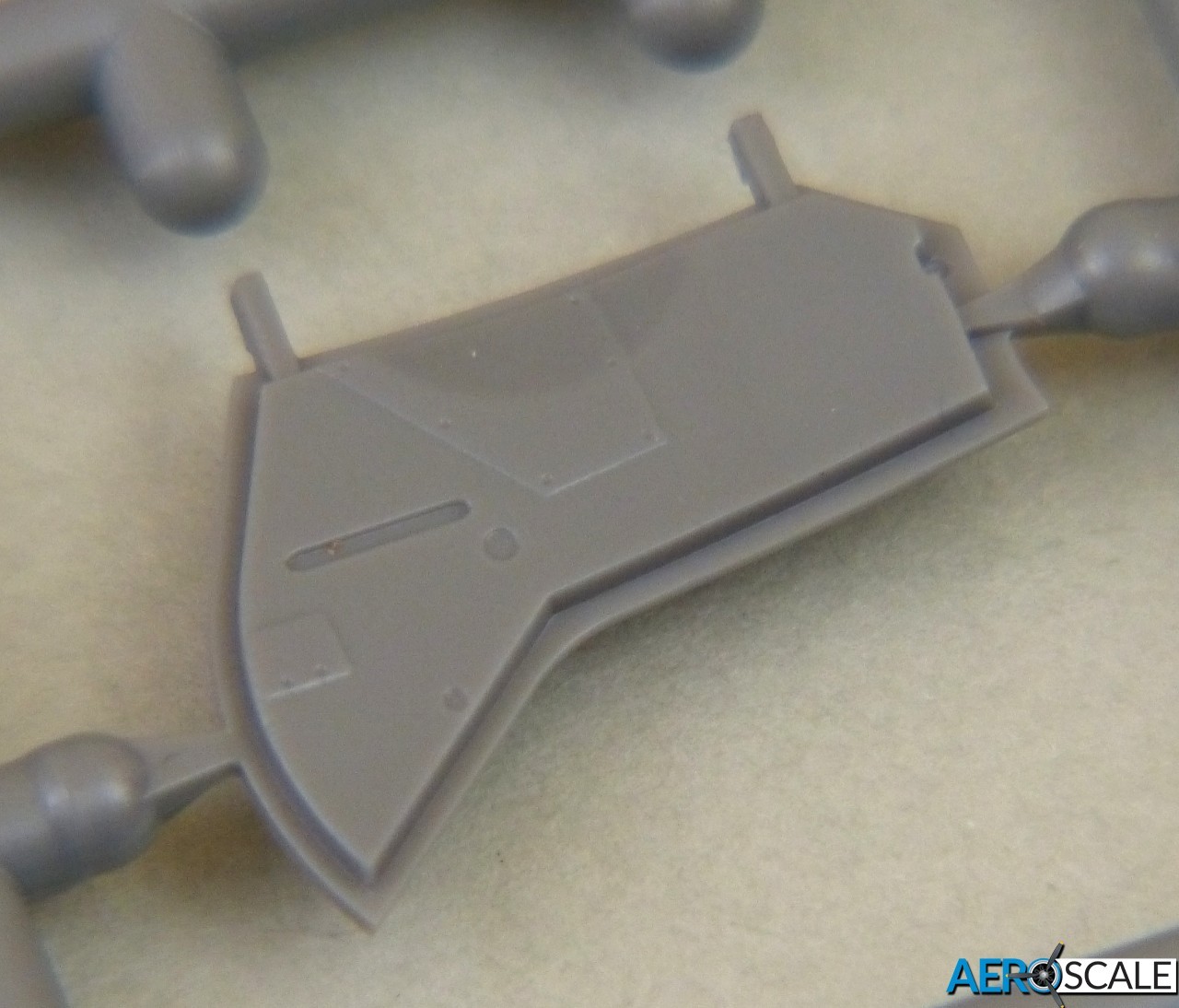
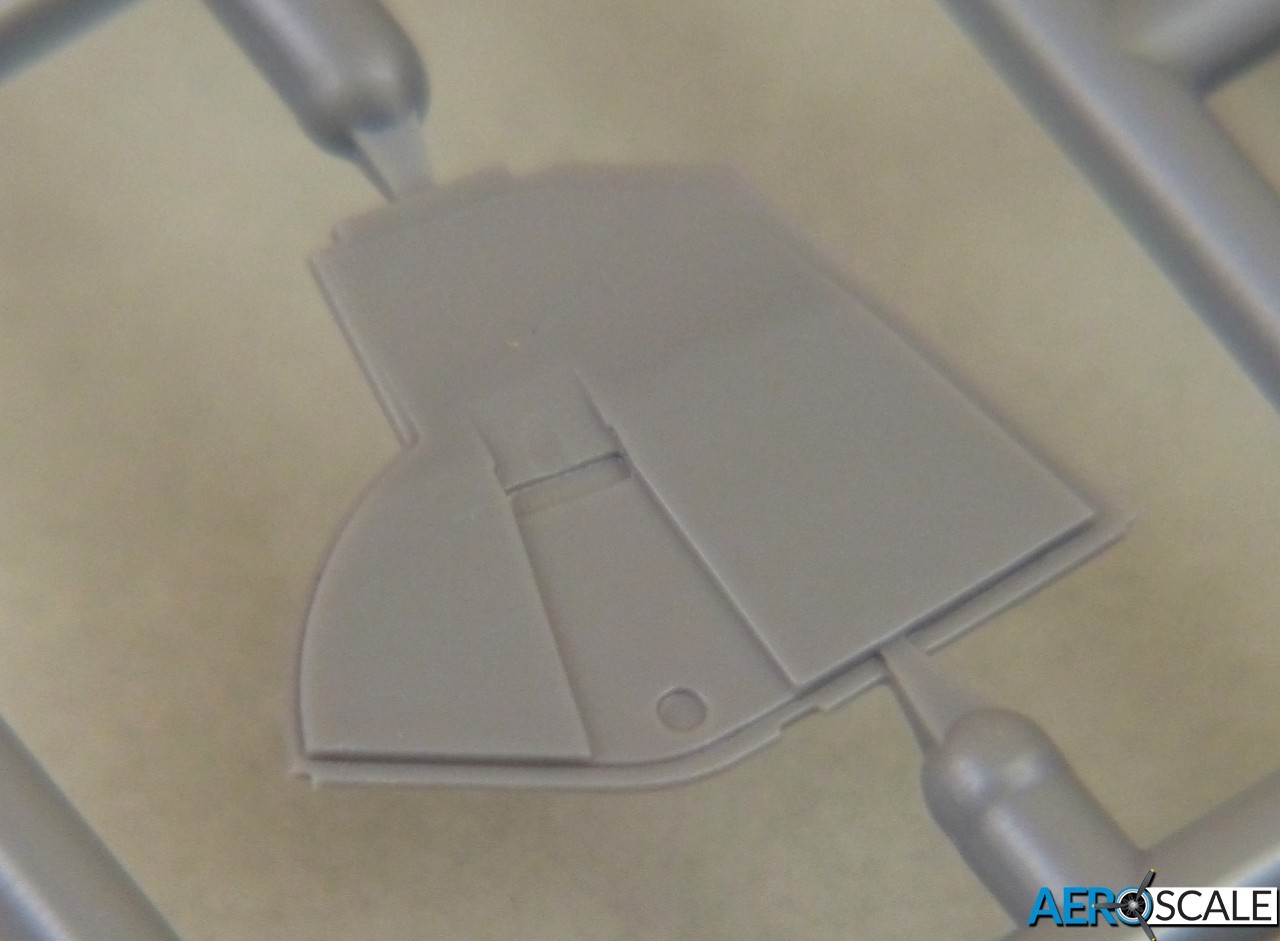
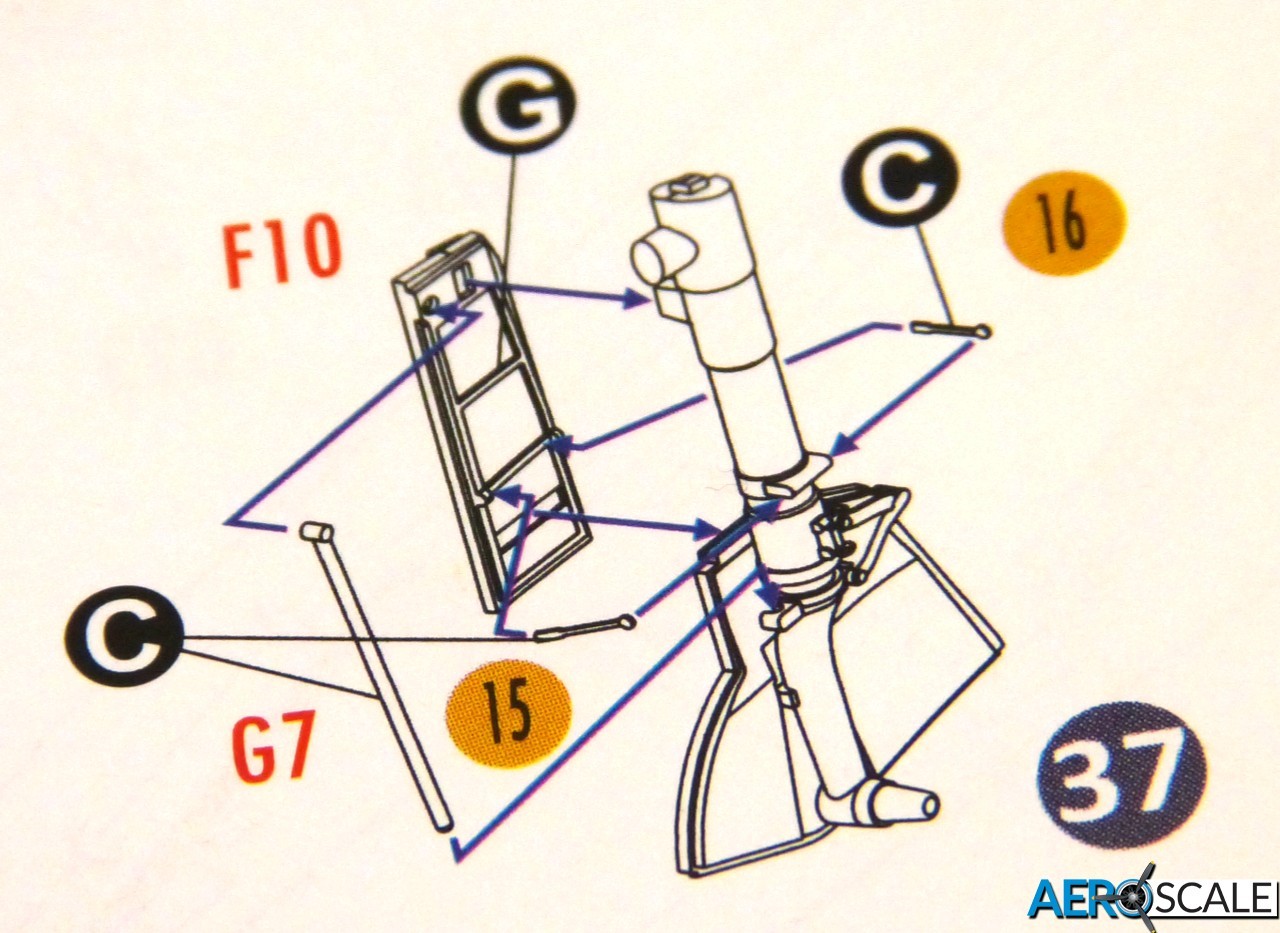

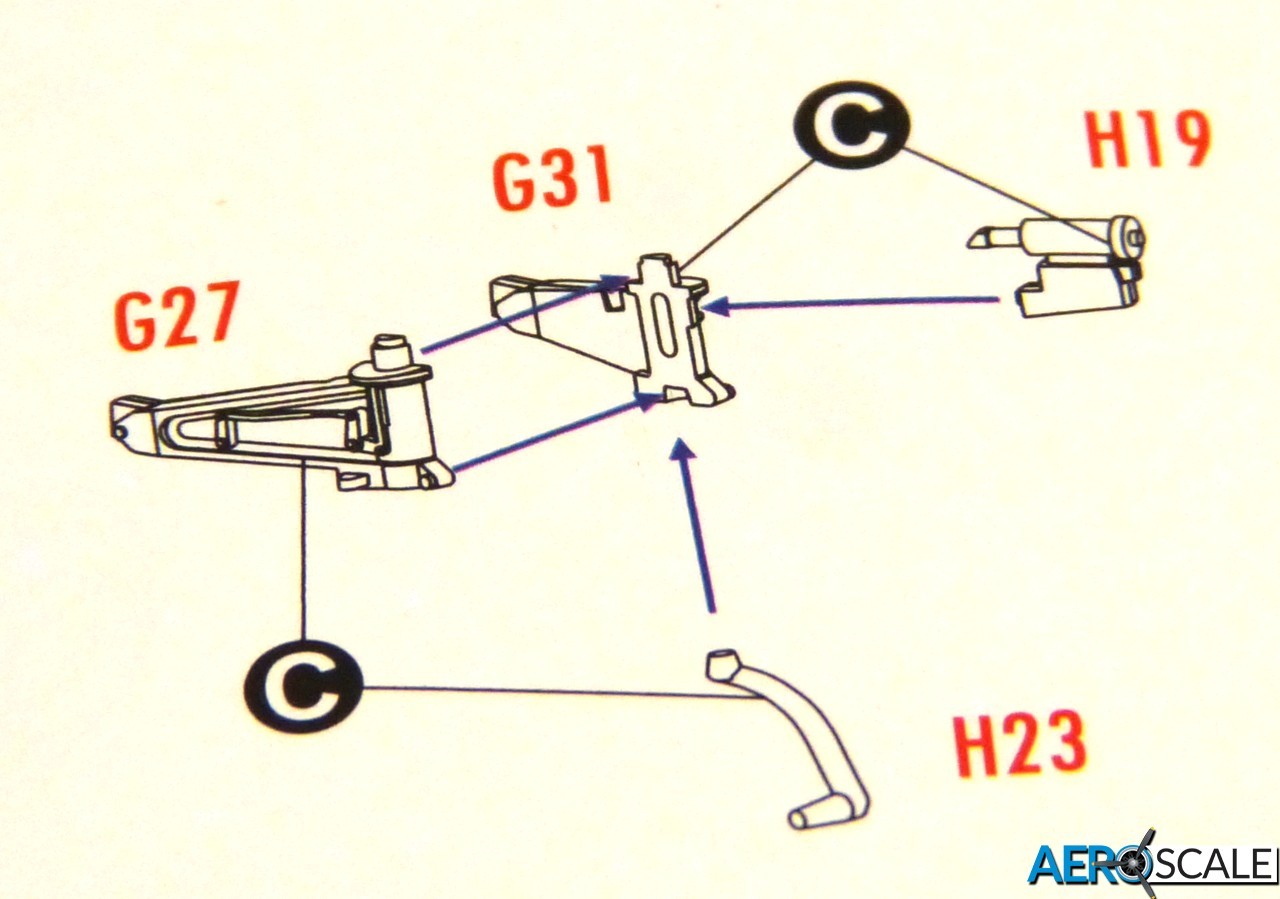
A really welcome change from Dora Wings' P-47B is the inclusion of resin parts for the mainwheel tyres and the tailwheel. The new mainwheels feature diamond-pattern treads and maker's logos and are realistically "weighted" to depict the sheer bulk of the "Jug", and the resin tailwheel is much more detailed than the styrene parts.
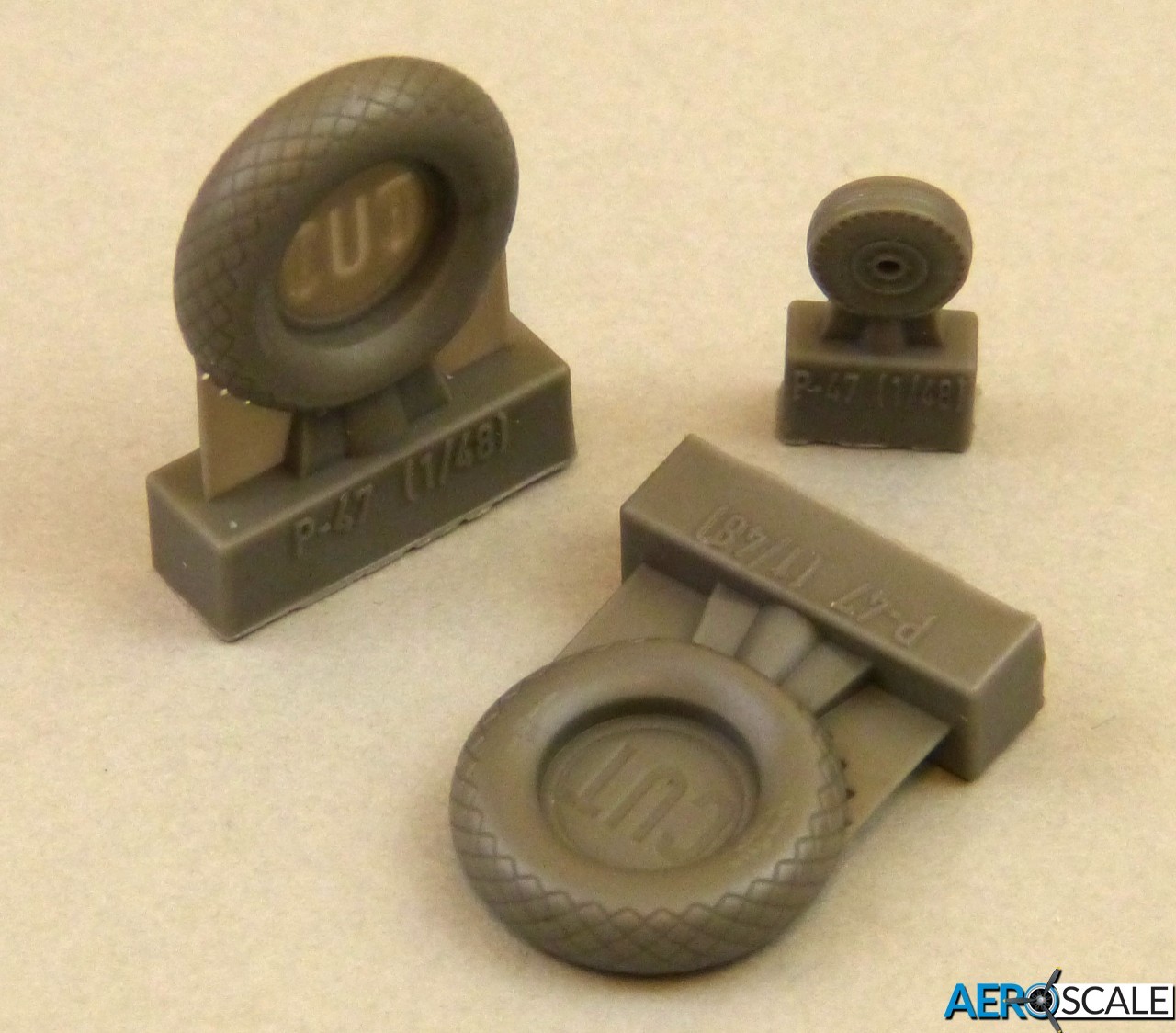
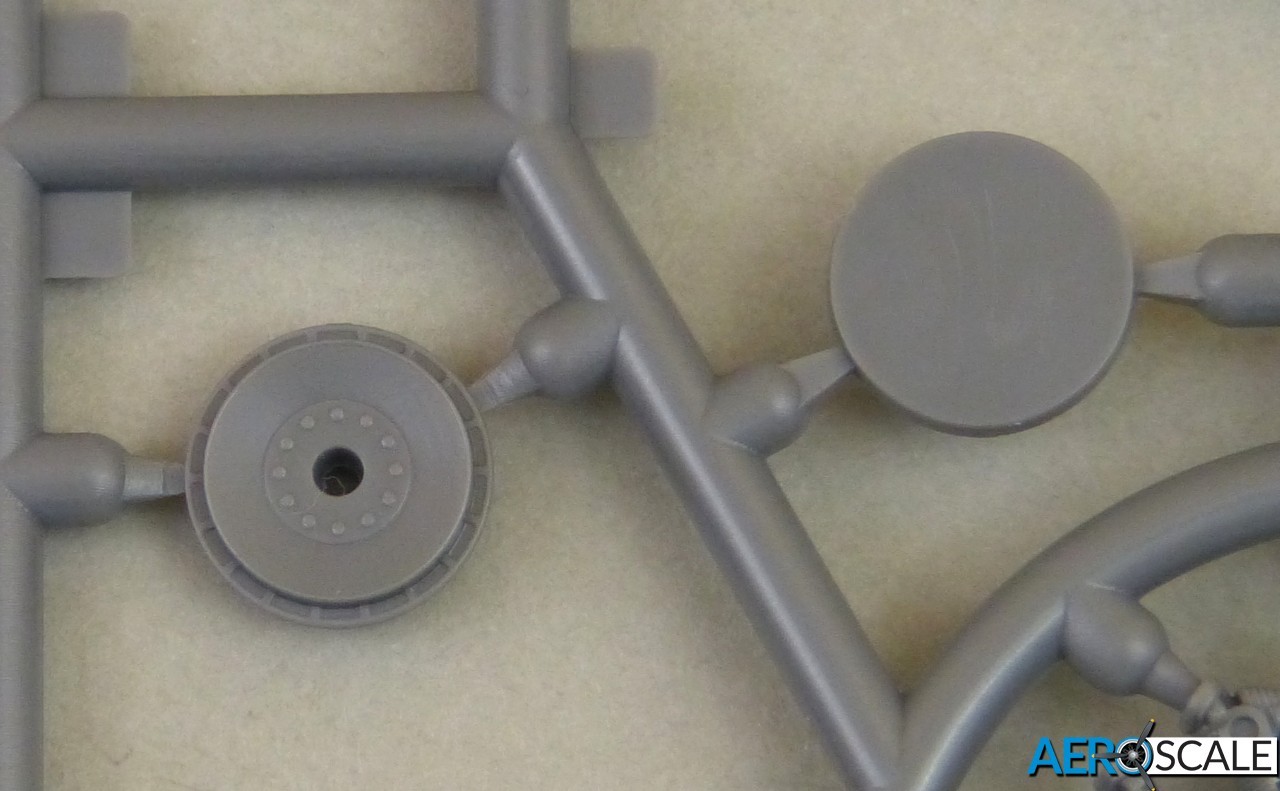
The propeller is moulded split into pairs of blades, ensuring correct line-up and pitch. The hub is also split - a good idea to avoid any problem with sinkage on what would otherwise be a thick part, but it will mean taking care to remove the seam.
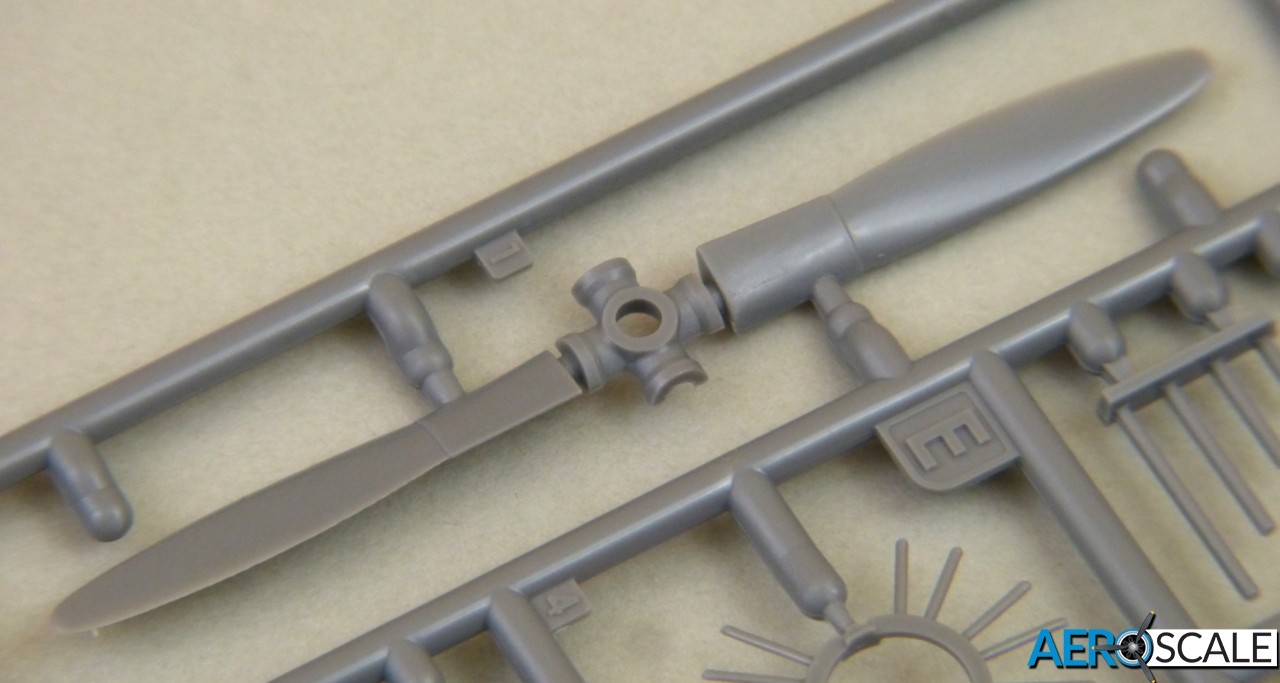
The canopy is crystal clear, with a separate windscreen and a very useful set of painting masks. Sadly, you can't pose it open to show off the cockpit detail - fair enough in the interests of accuracy, because the sliding section would sit unrealistically high due to the thickness of the plastic. If you want to open the canopy, the solution is going to be a vacuformed sliding section and some scratch building work to restore the rear decking.
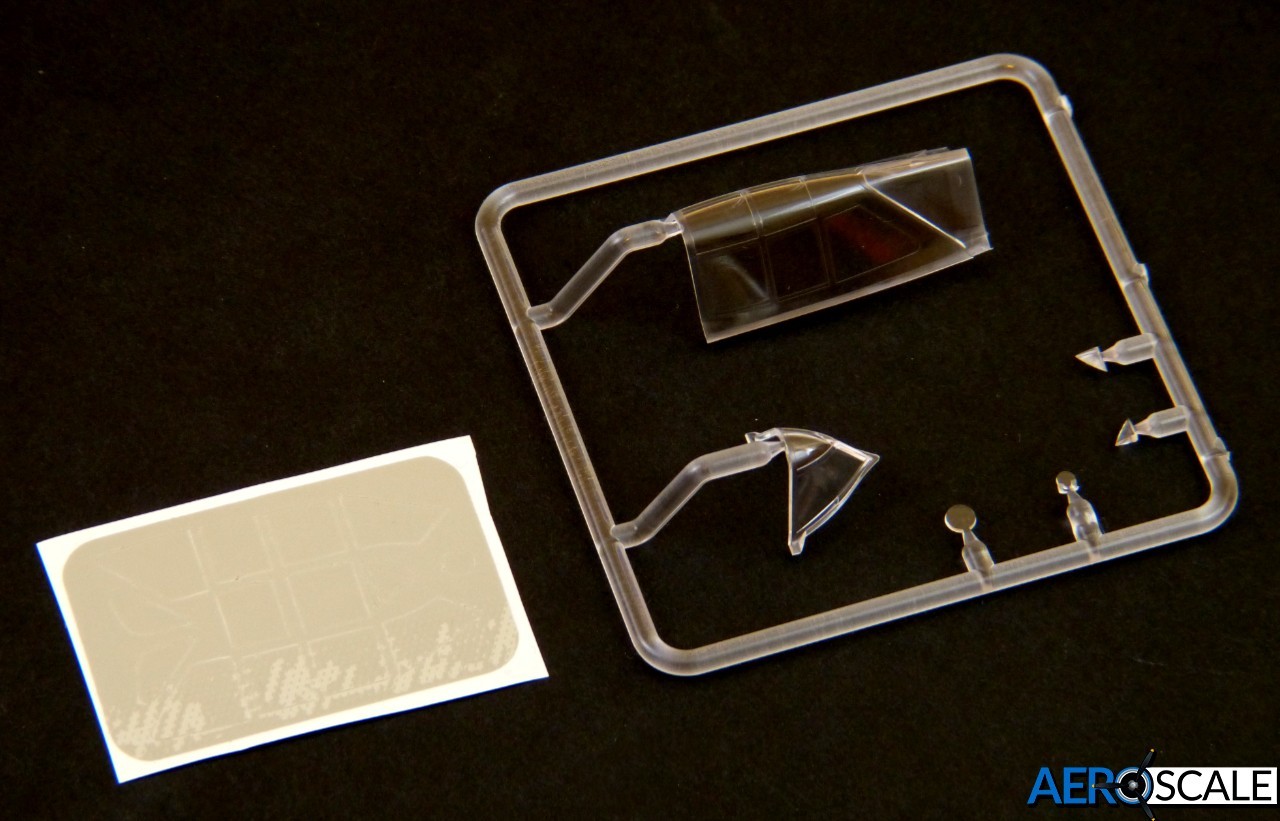
So, there you have it, a really impressive model of an early "Razorback" Thunderbolt. But to end there would be to miss the icing on the cake - the most gloriously OTT ferry tank imaginable! The Spitfire might boast an impressive slipper tank, but this bulbous 200 gallon belly tank is in a different league entirely! If nothing else will make Dora Wings' P-47C draw attention in any line-up of Thunderbolts, this is it - it's the most wonderfully hideous thing you could imagine hanging under the belly of a fighter!
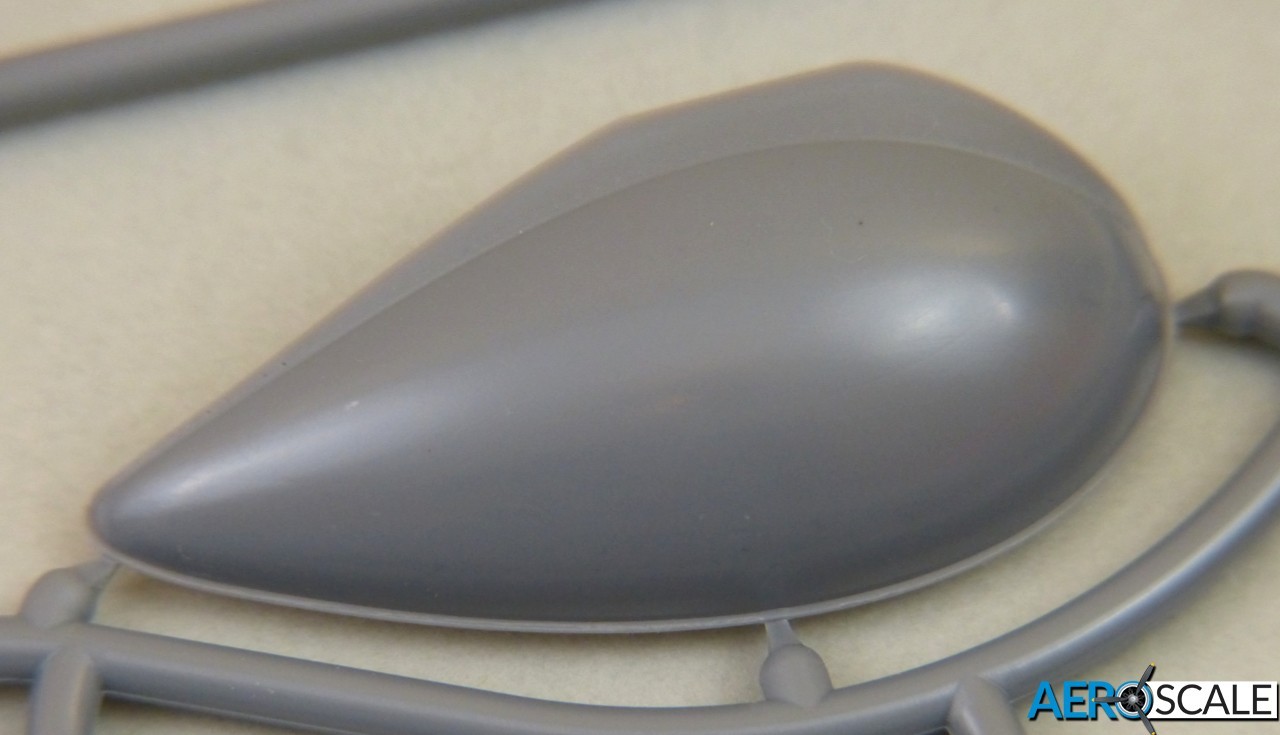
Instructions & Decals
The instructions come in the form of a high-quality A5 colour-printed booklet. Construction is broken down into 44 clear stages, and the sequence is pretty intuitive. Colour matches for Mr. Hobby, Tamiya, Ammo MIG, Hataka and LifeColor paints are included, so you should have no problem finding suitable paints wherever you're based.
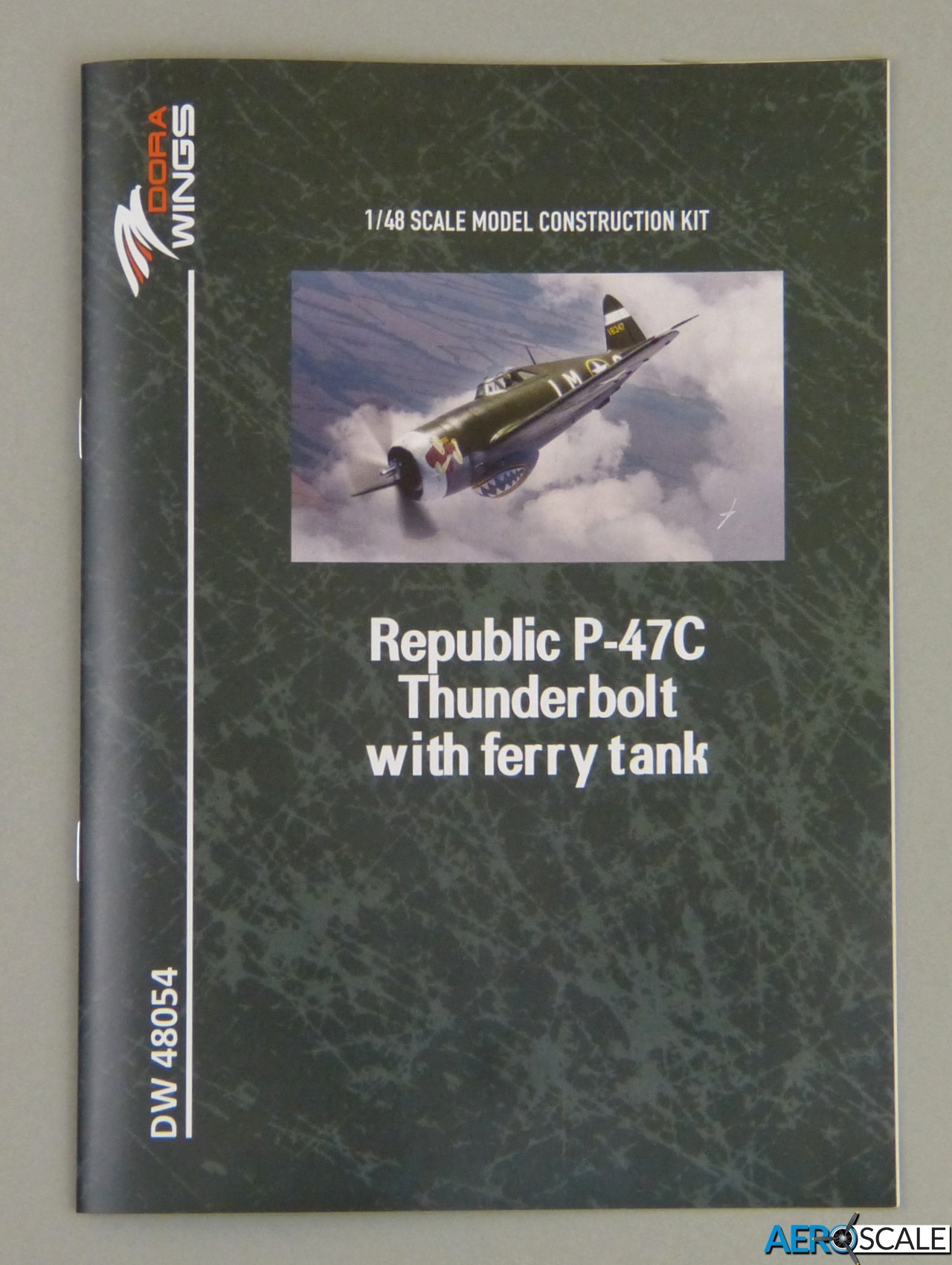

Dora Wings provide decals for 4 x colour schemes:
1. P-47C-5-RE s/n 416347, flown by Capt. Eugene O'Neil, 62nd FS, 56th FG, May 1943

2. P-47C-5-RE s/n 416539, flown by Capt. Kenneth Peterson, 336th FS, 4th FG, April 1943

3. P-47C-5-RE s/n 416330, flown by Col. Hubert Zemke, 62nd FS, 56th FG, April 1943
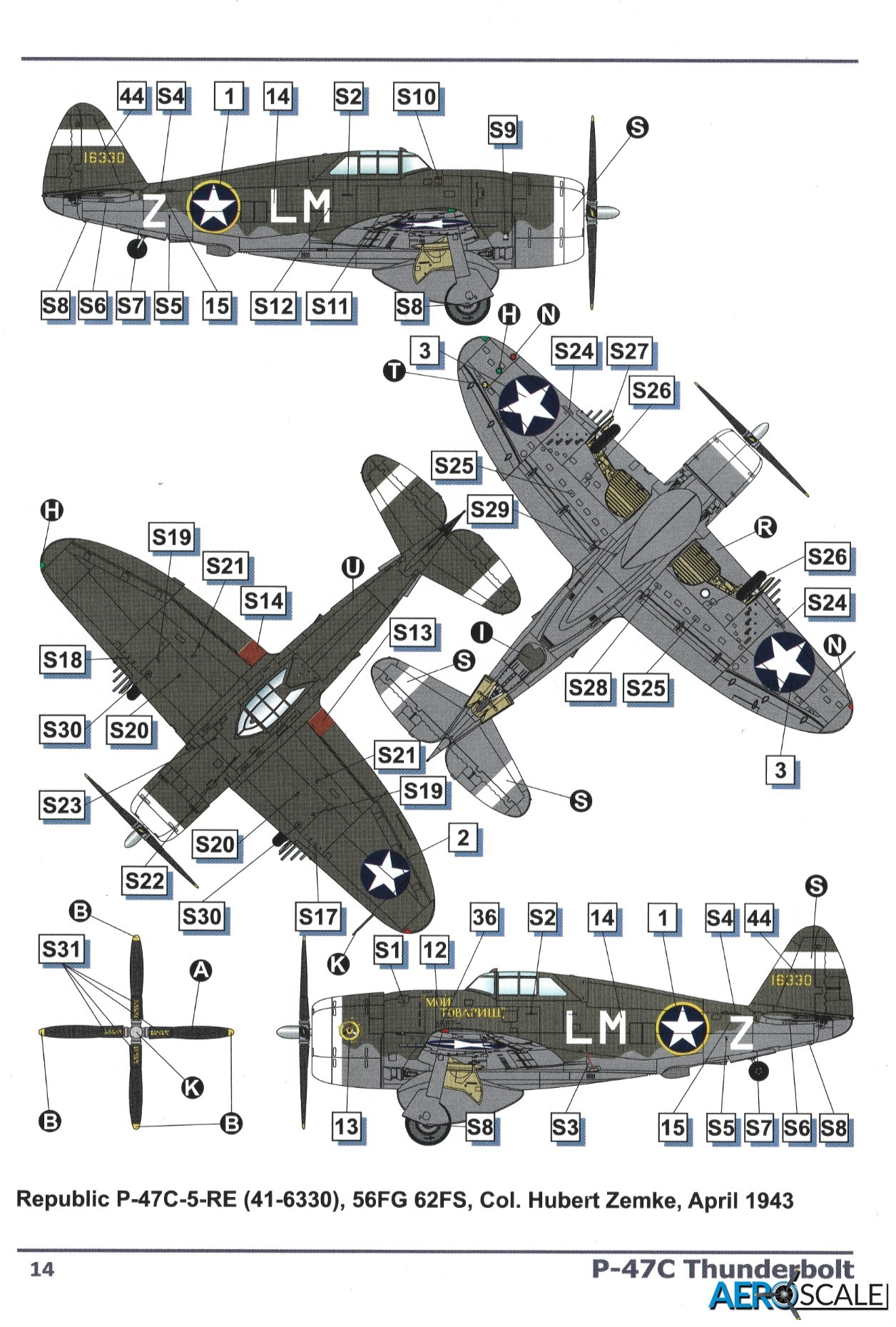
4. P-47C-2-RE s/n 416192, flown by Woodrow Sooman, 336th FS, 4th FG, May 1943
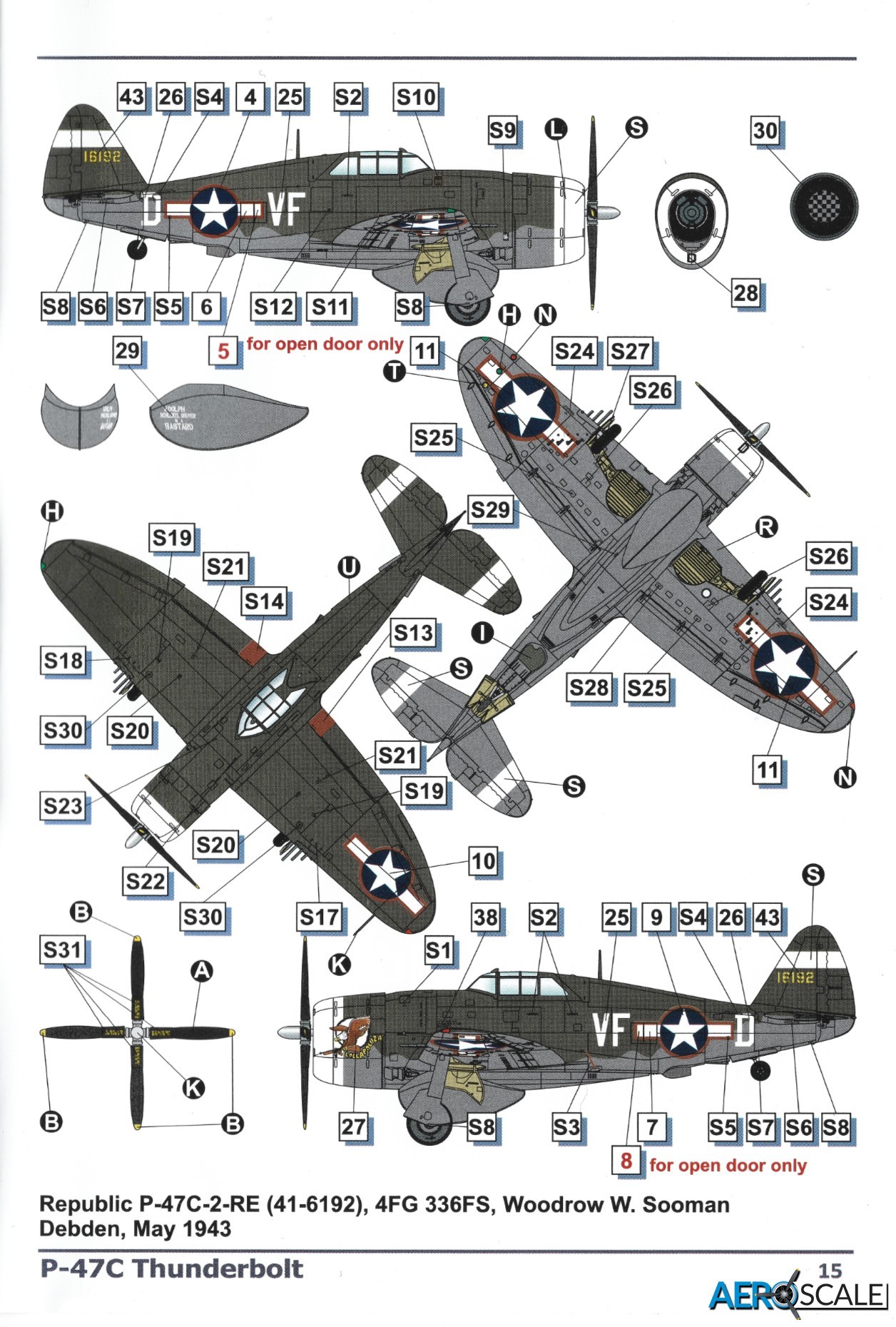
The decals are printed by Decograph and look to be excellent quality - thin, with a satin finish and pin-sharp register. The shark-mouth emblem for the belly tank in scheme #1 is pretty irresistible, but be prepared to use plenty of decal solvent and perhaps hand-painted touch up to cope with the prominent flange on the tank.

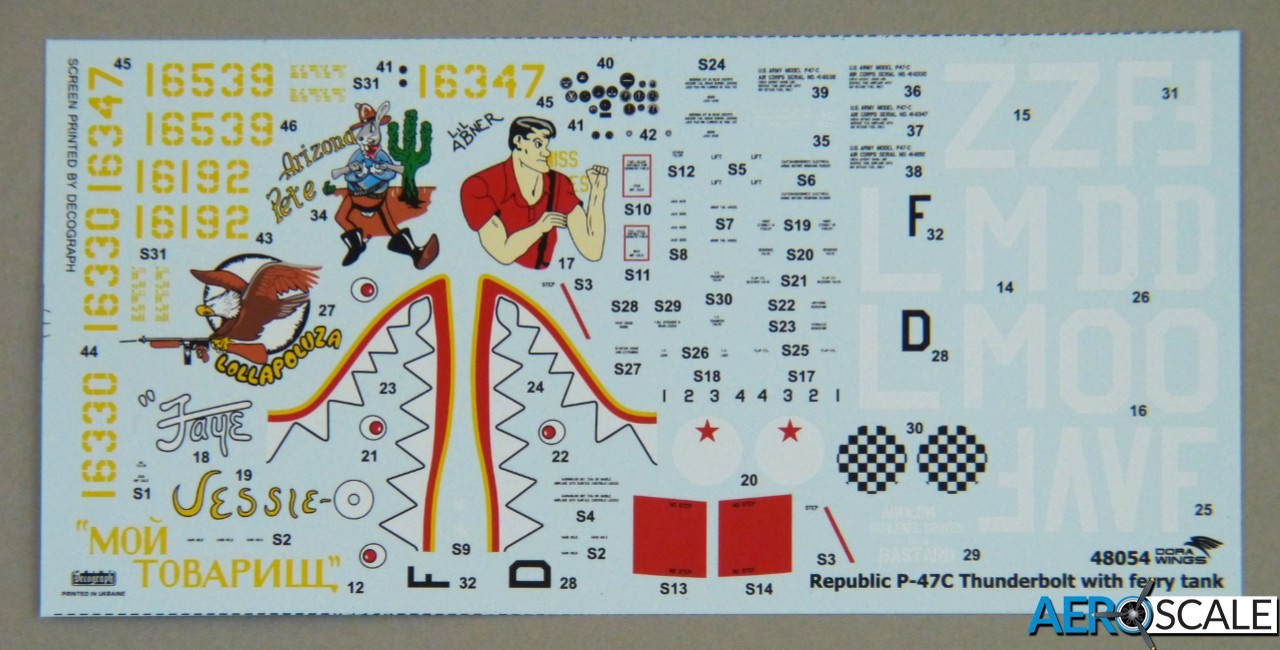
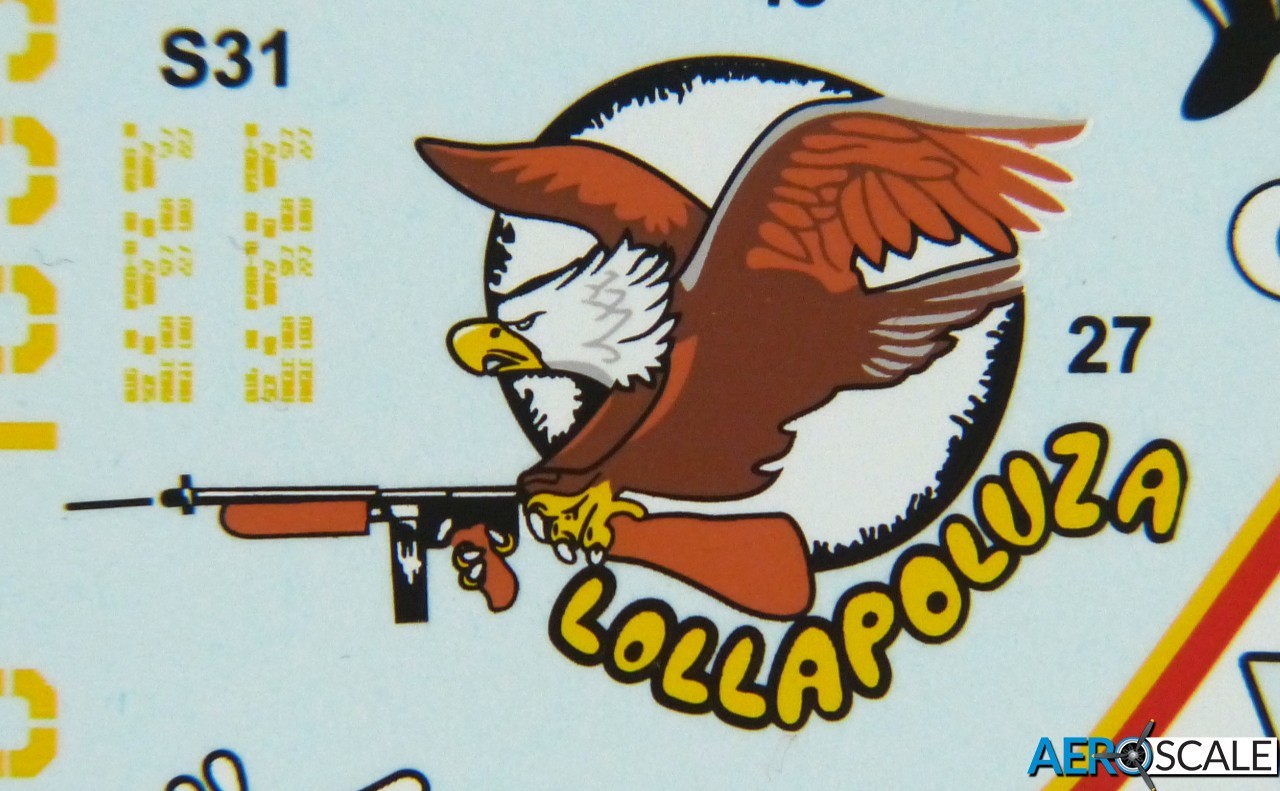
Conclusion
It's great to see Dora Wings continuing to get back up to speed after being forced to cease production at one point by the Russian invasion of Ukraine. Their latest early Thunderbolt looks to be another excellent kit that can rival the best quality of the major players in the market. The construction breakdown and use of etched parts suggests it will be best suited for modellers with a little experience under their belt, but the reward will be a very striking model that will catch the eye in any line-up of P-47s.
Item #DW48054 is available now from Dora Wings - Price: 38.00€
Many thanks to Dora Wings for the review sample.
Please remember, when contacting retailers or manufacturers, to mention that you saw their products highlighted here - on AEROSCALE


























